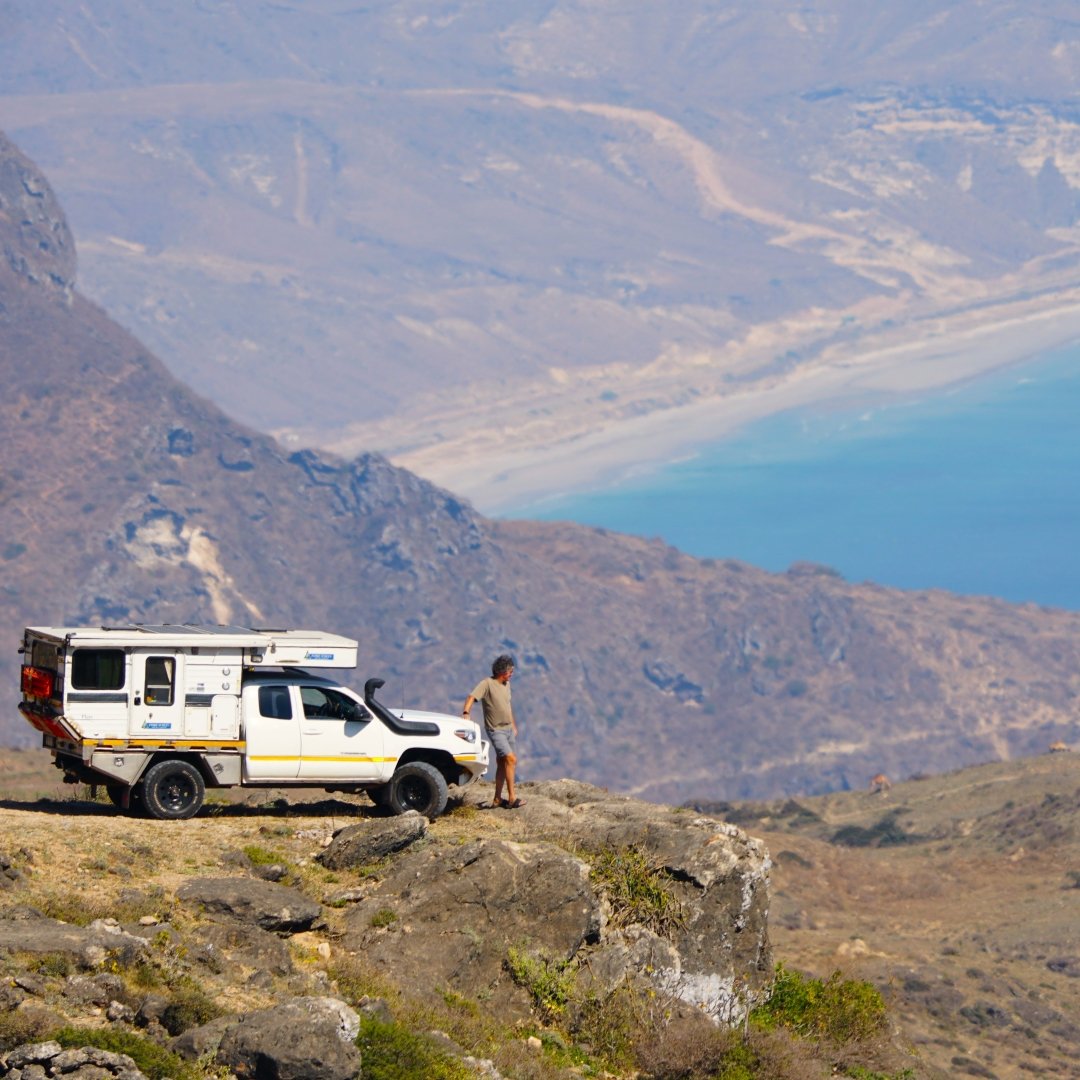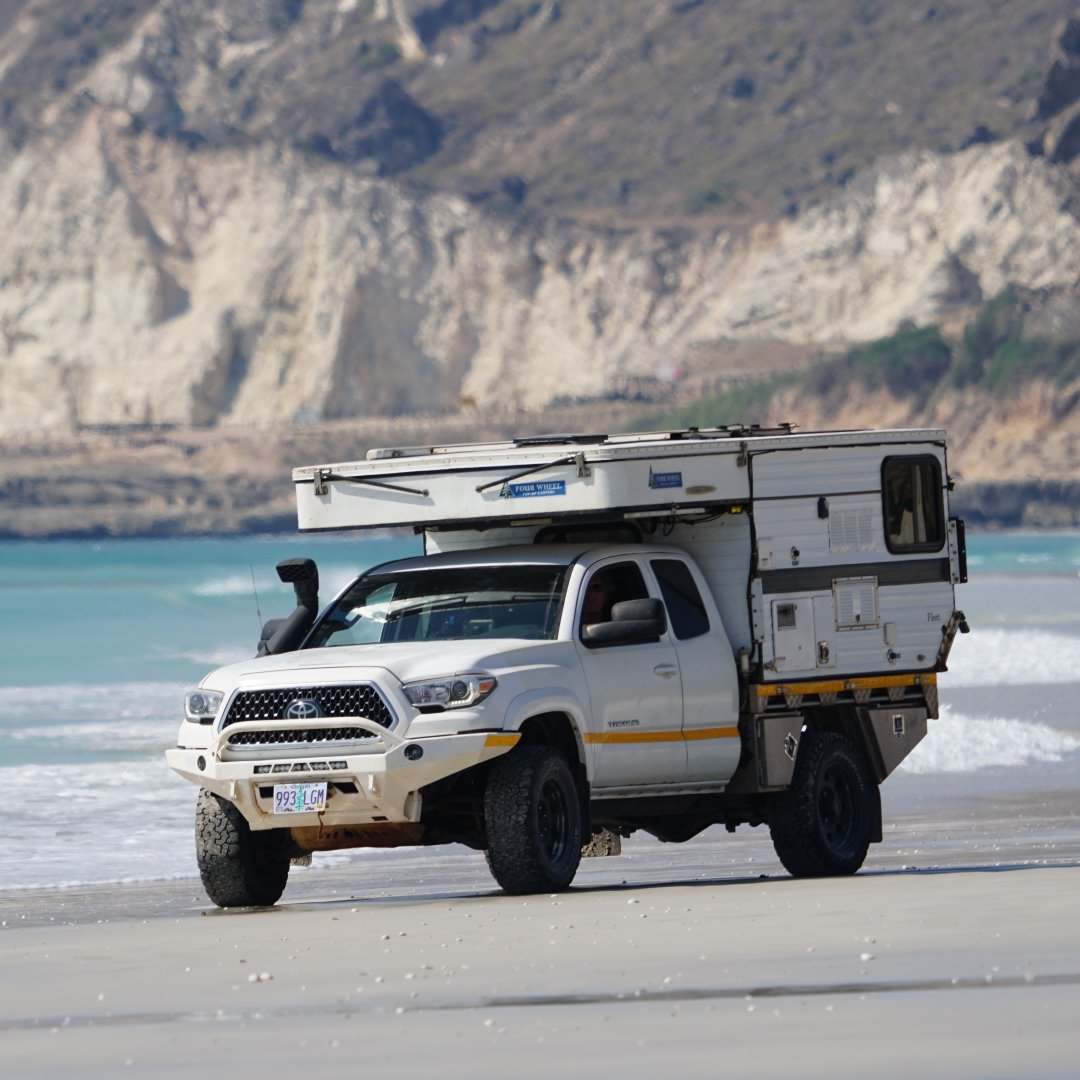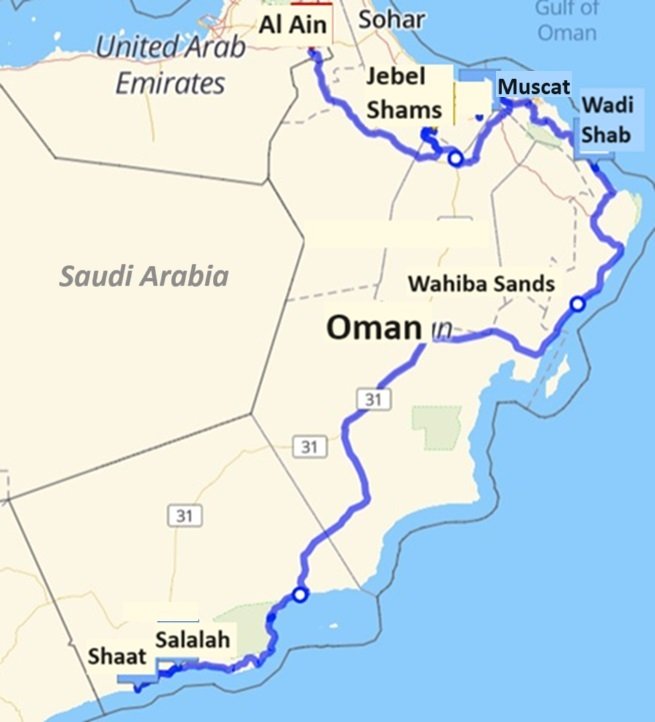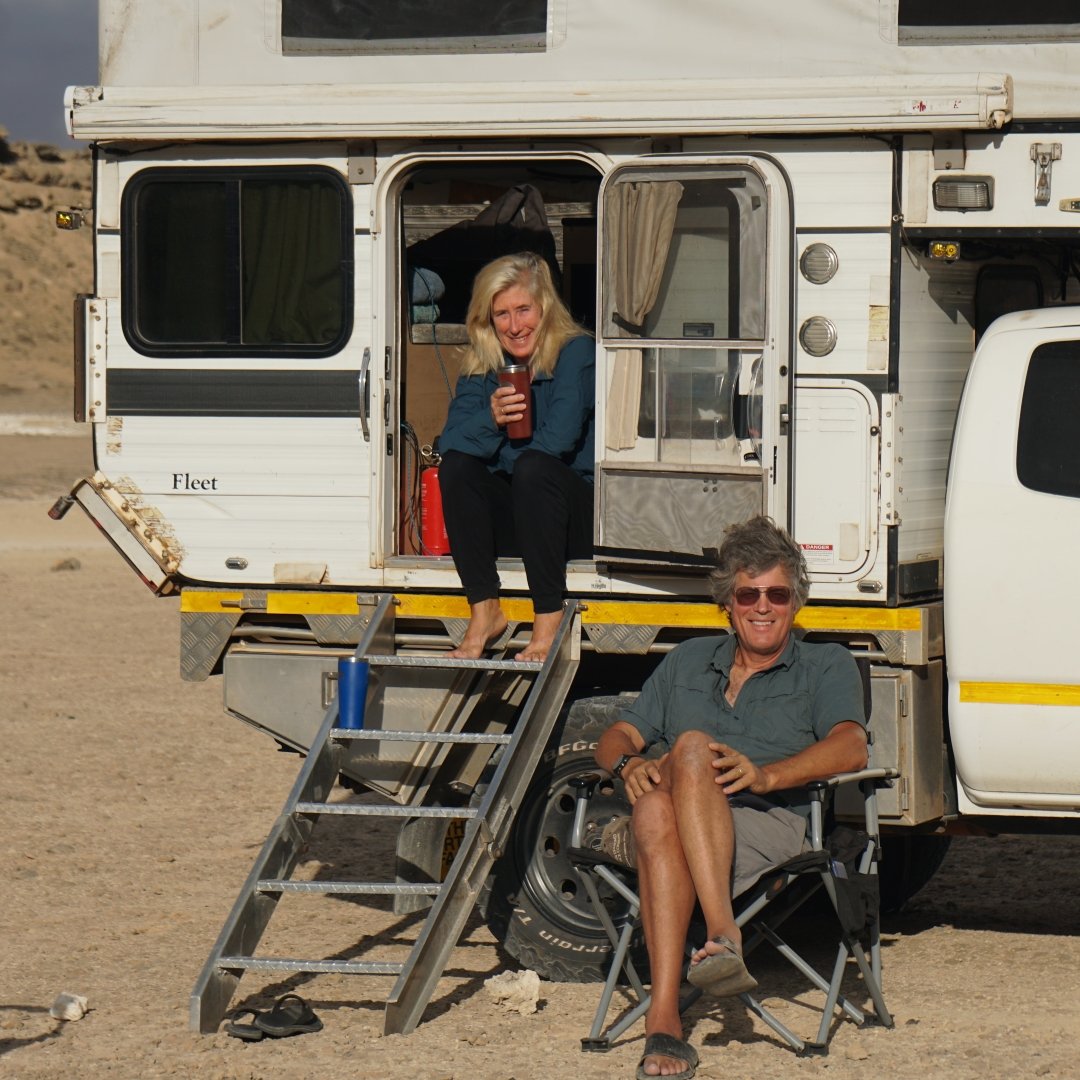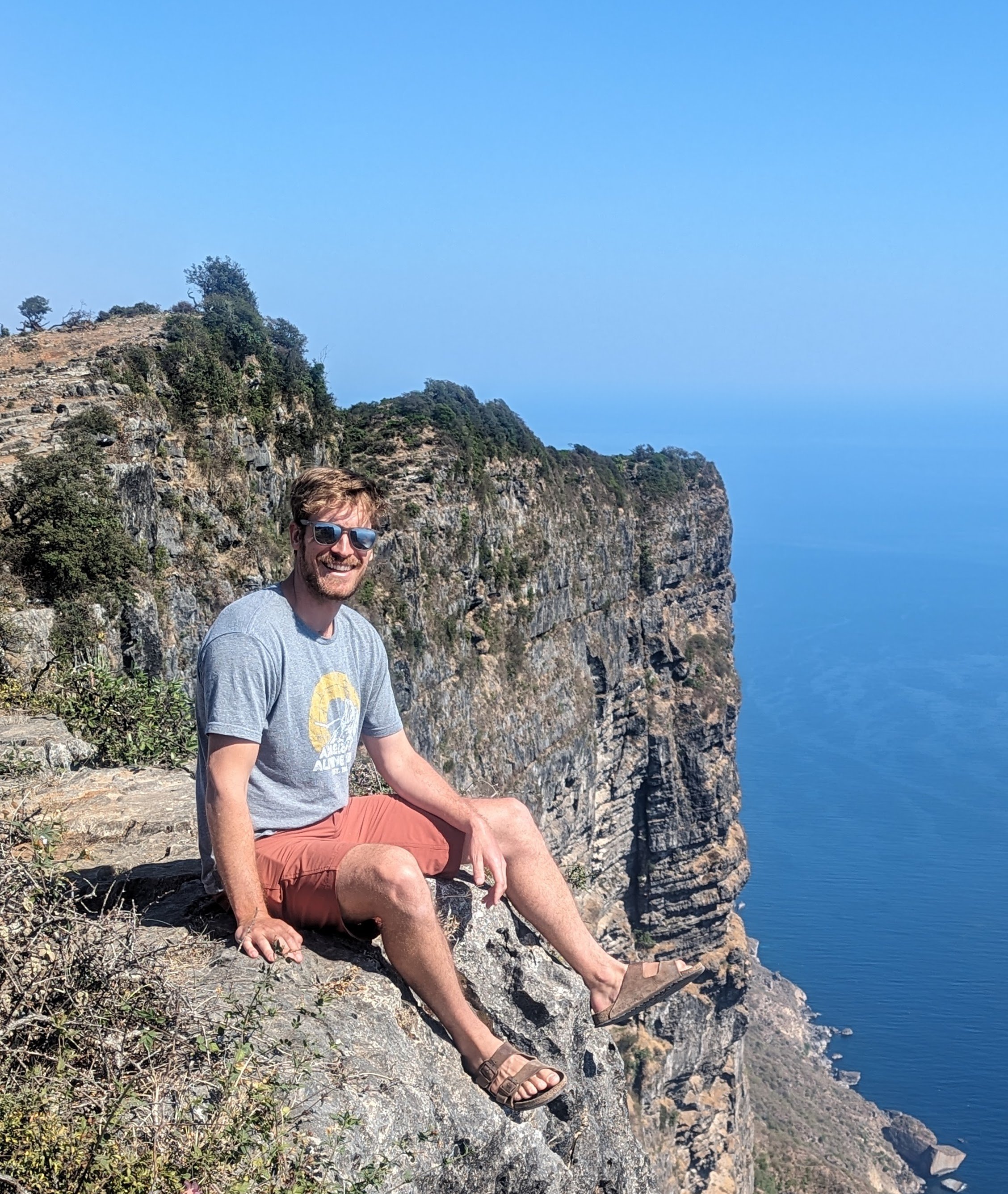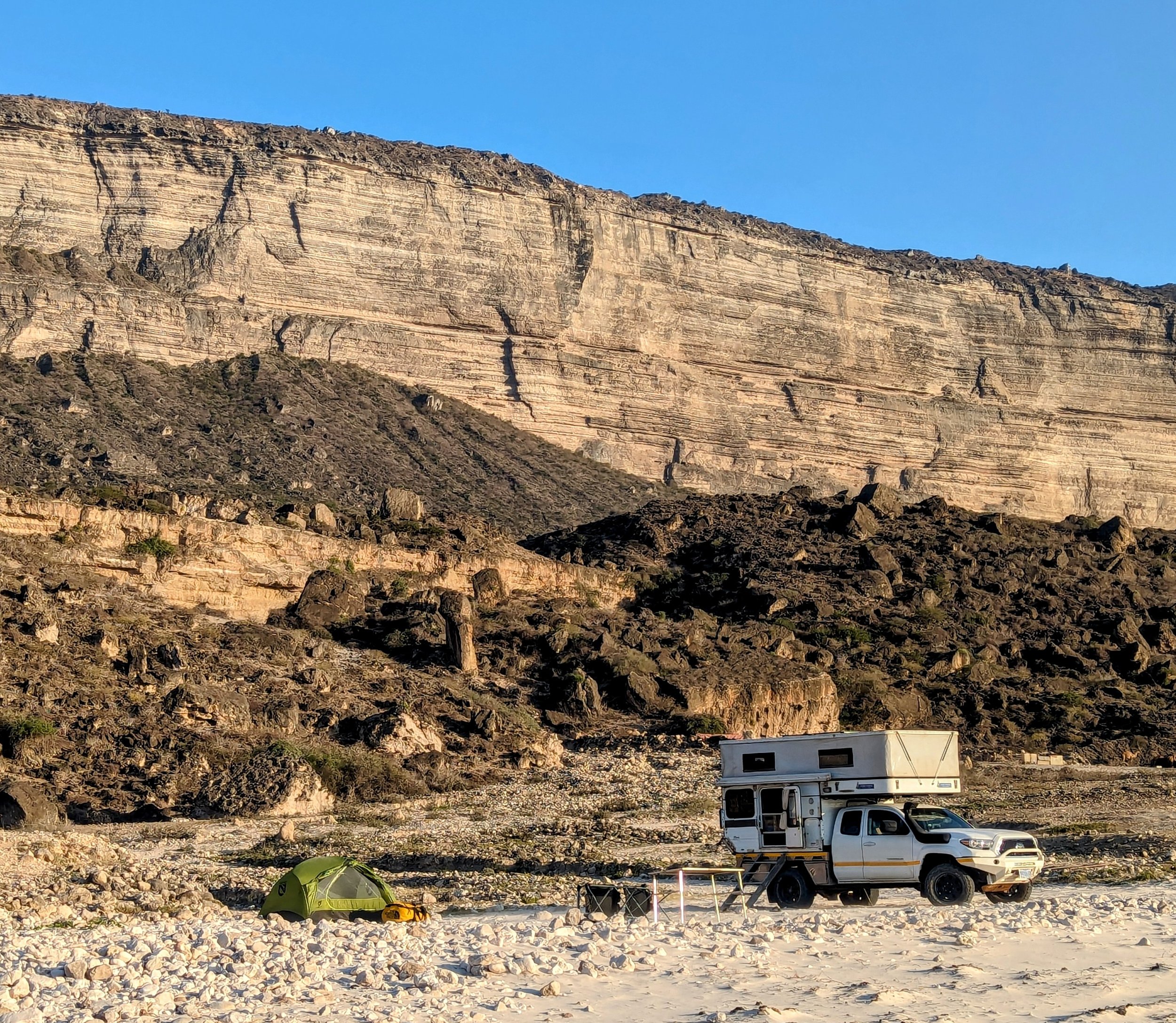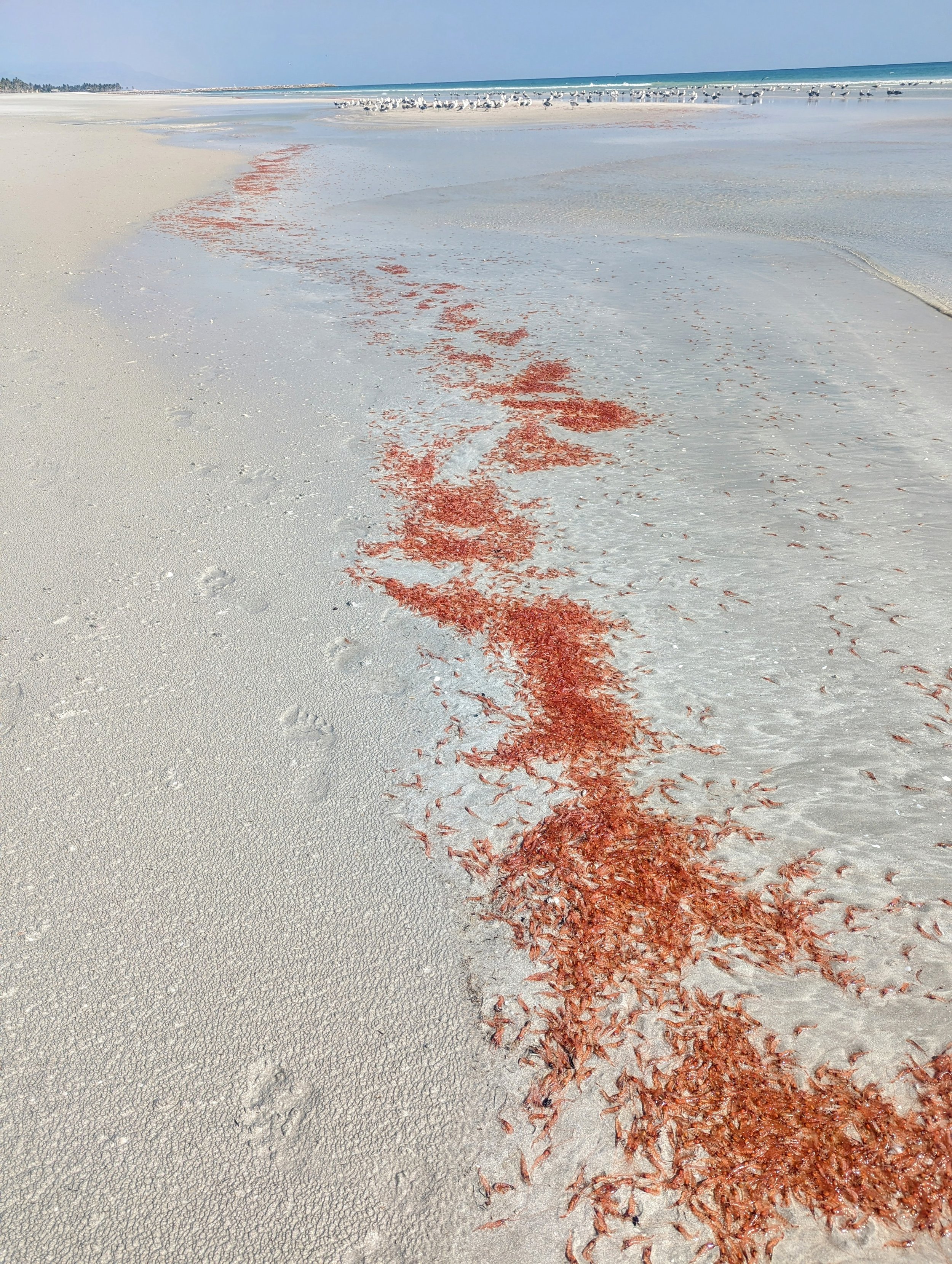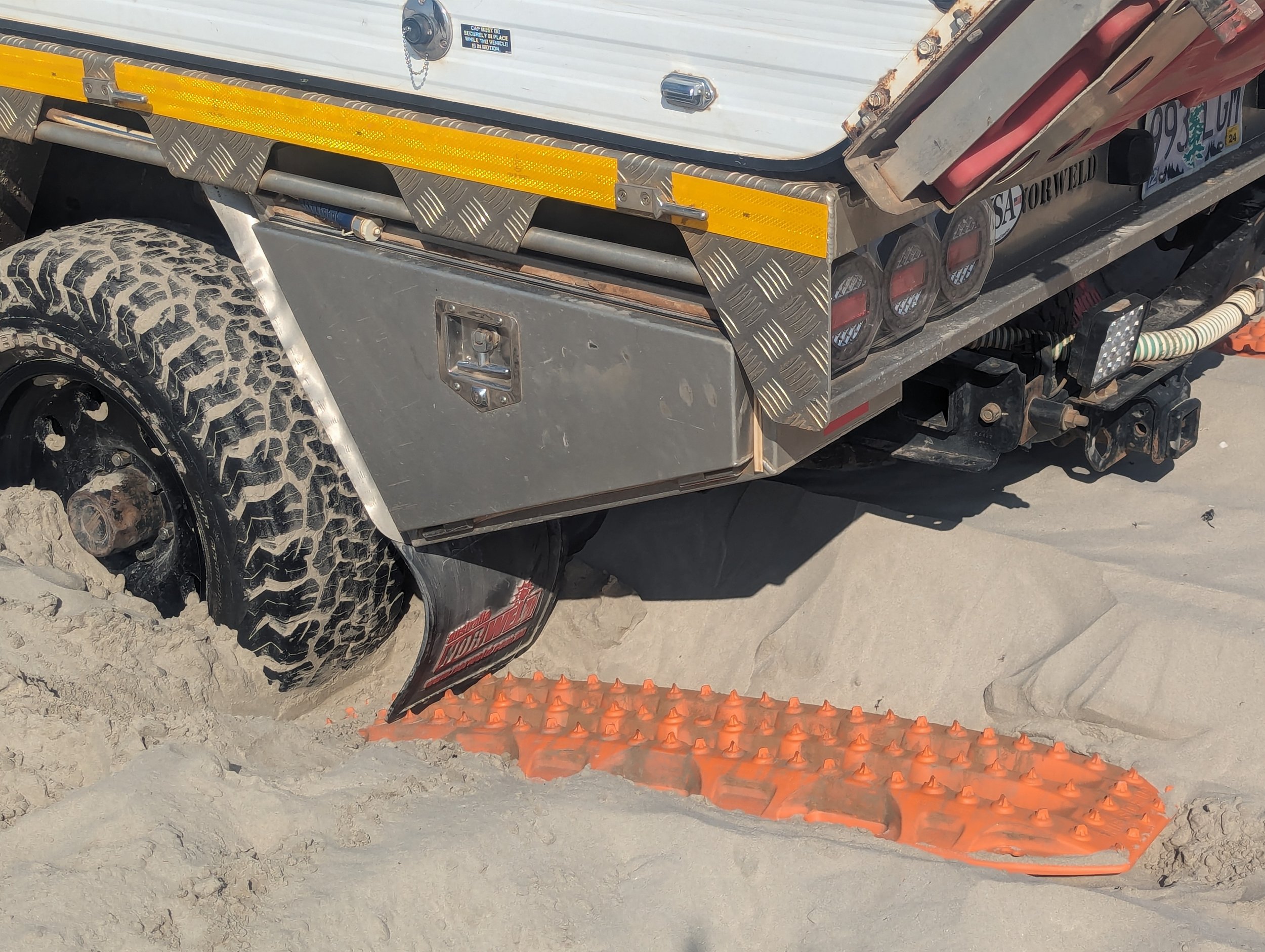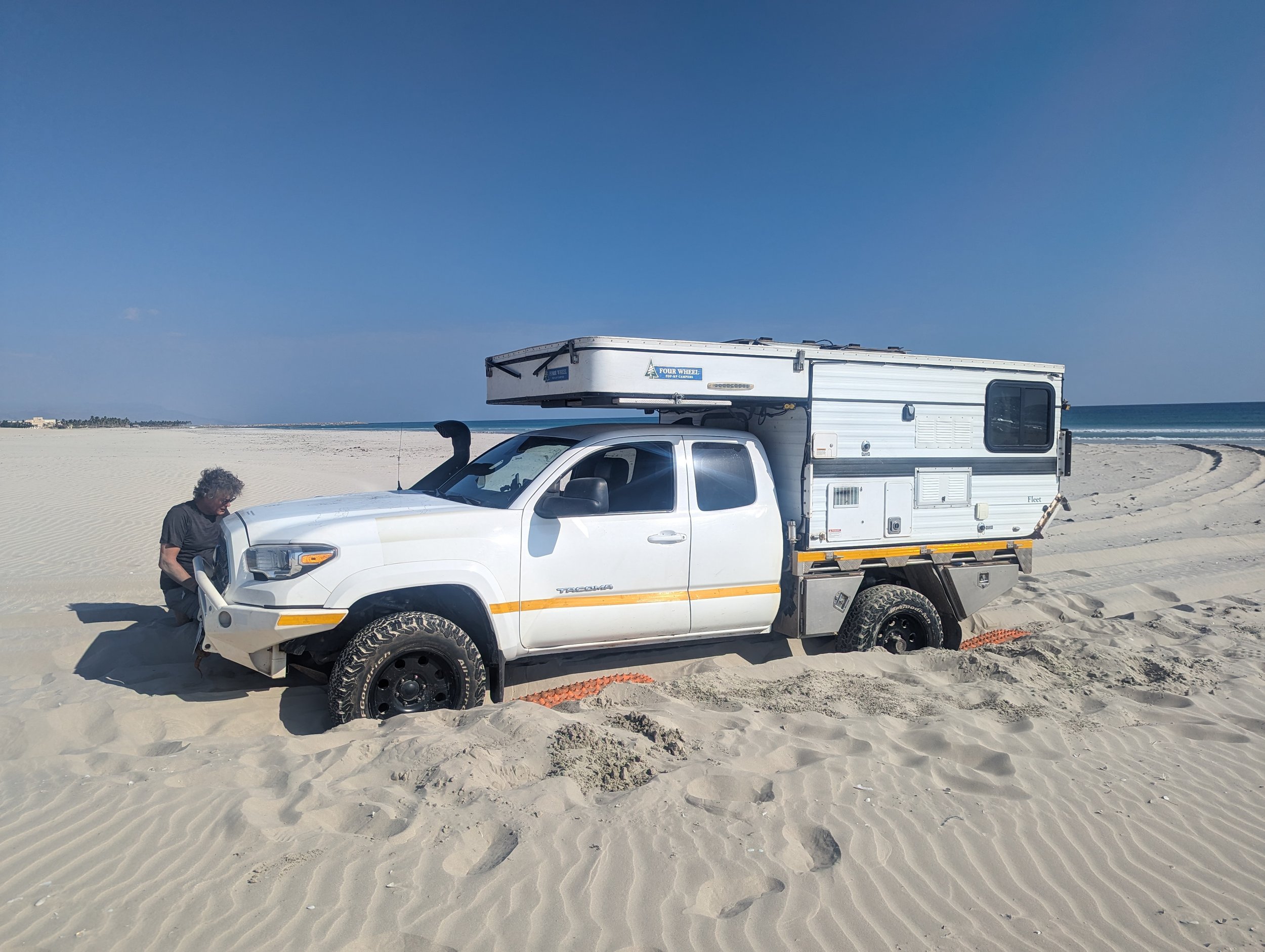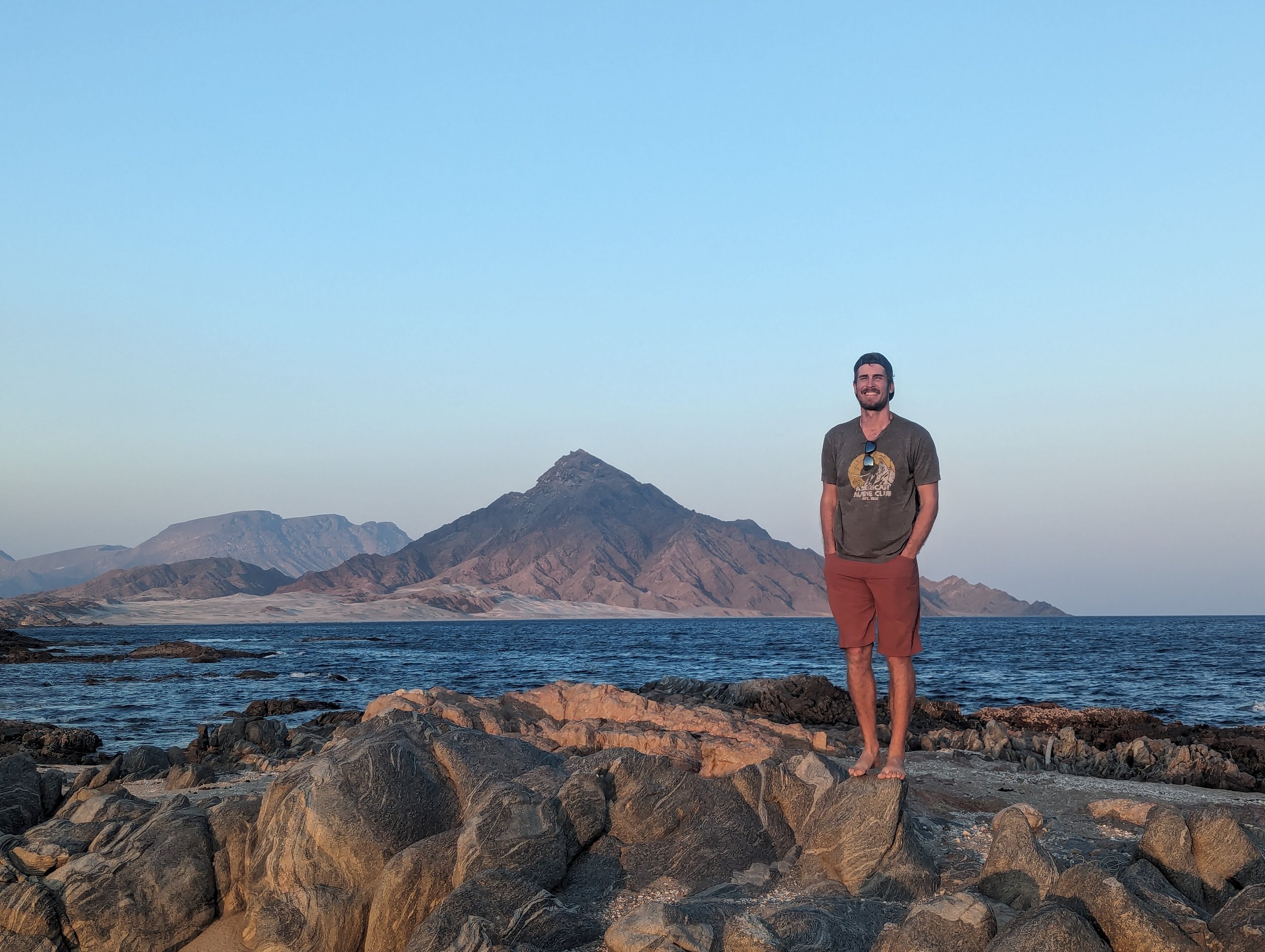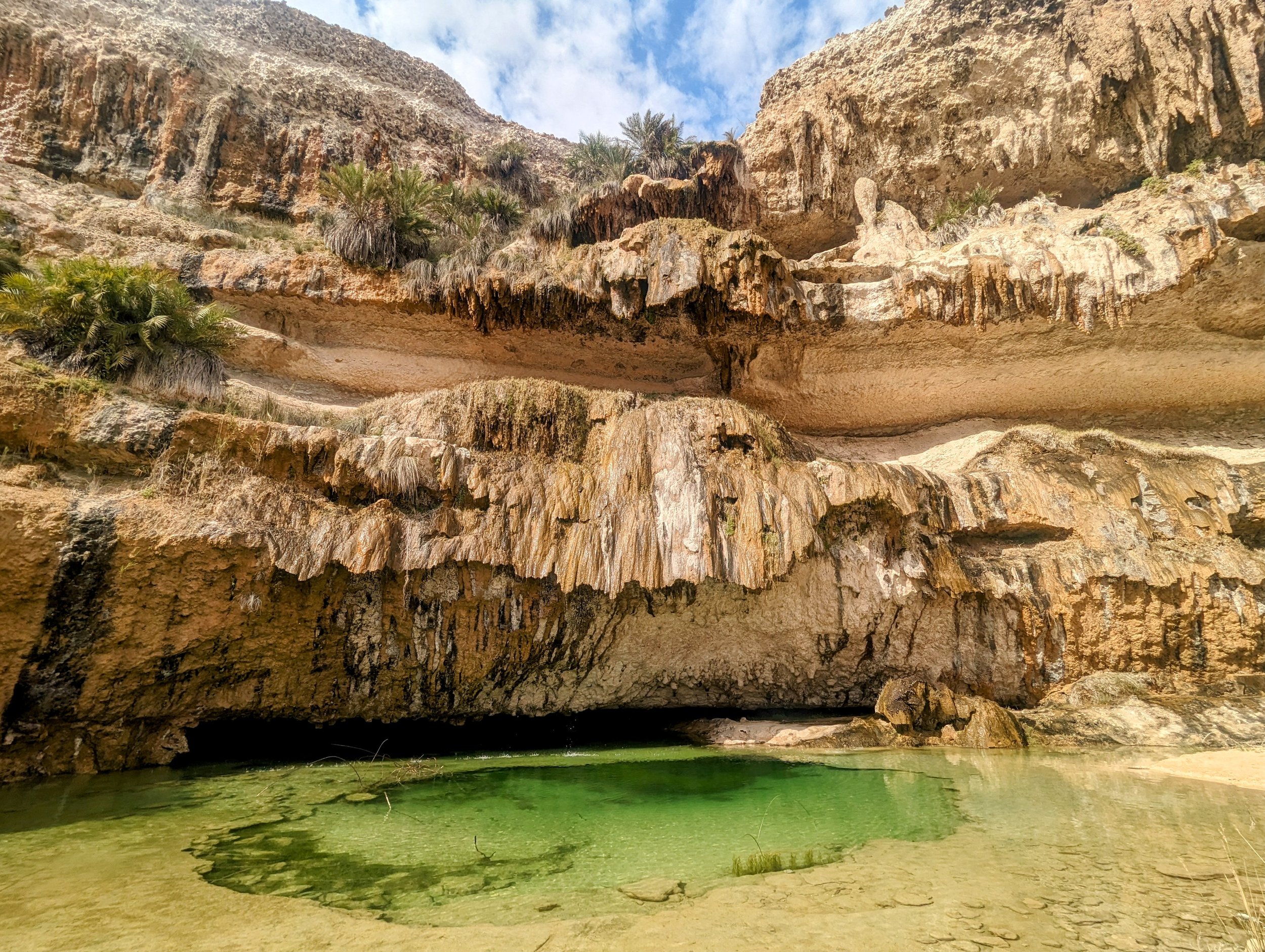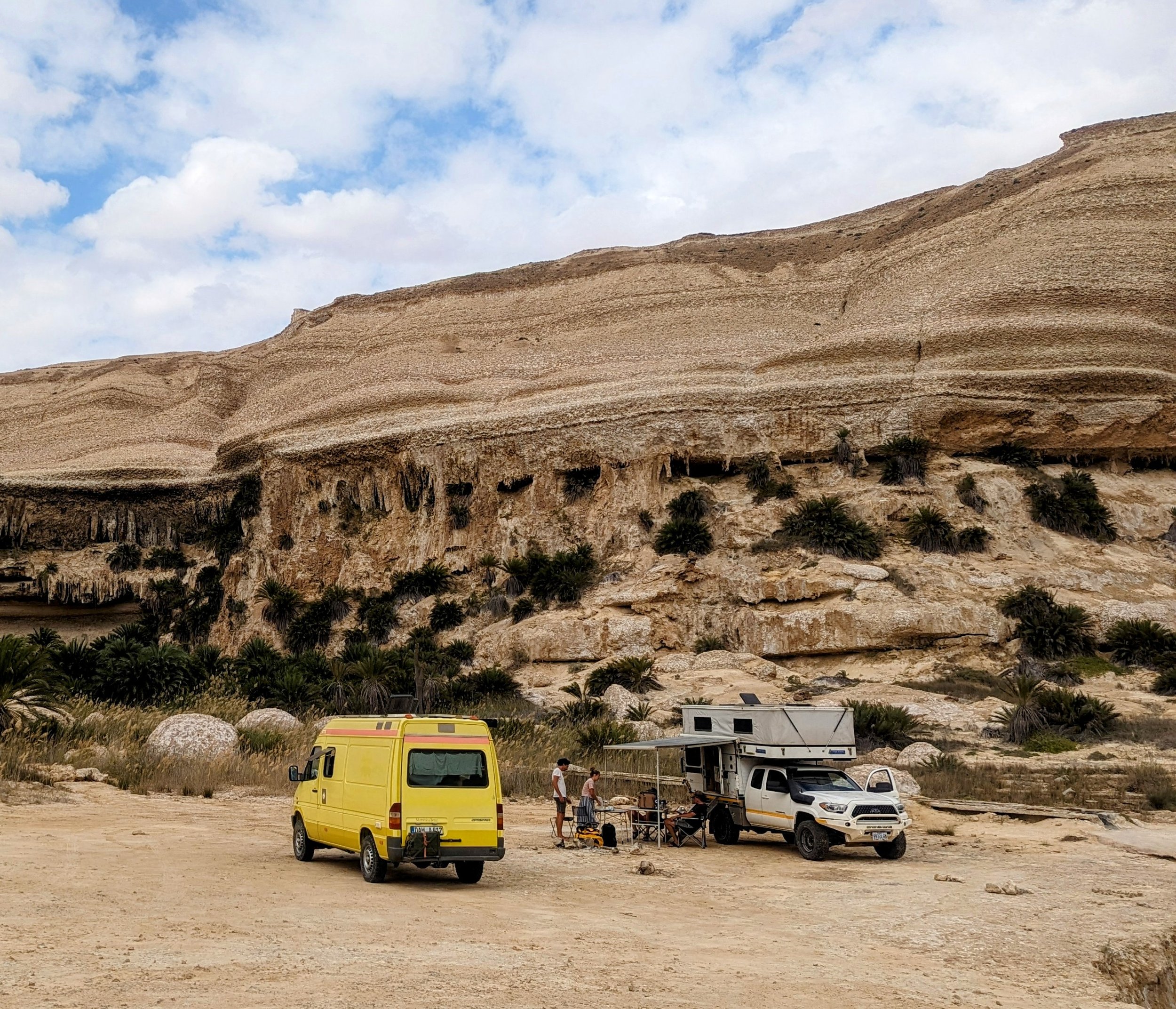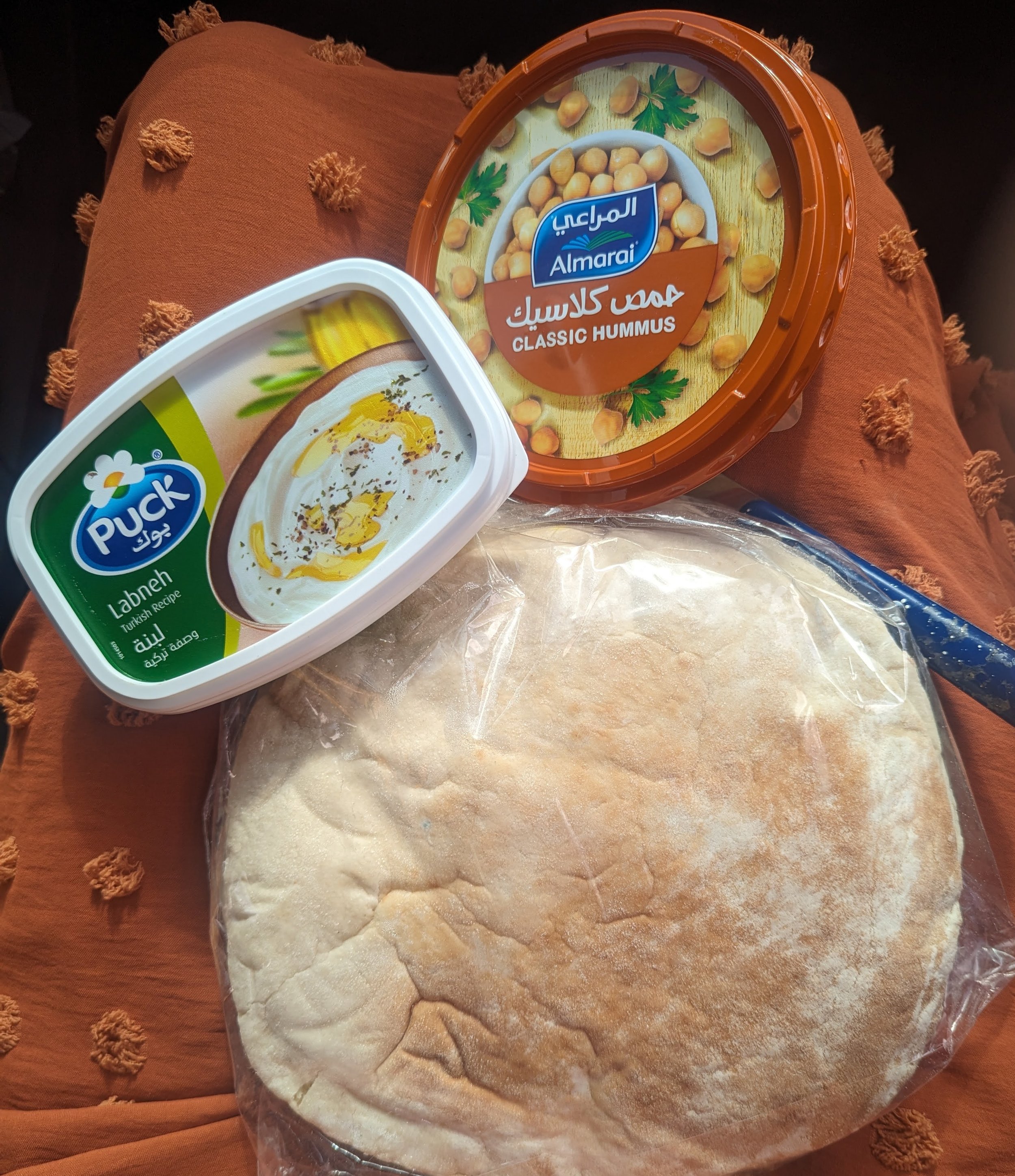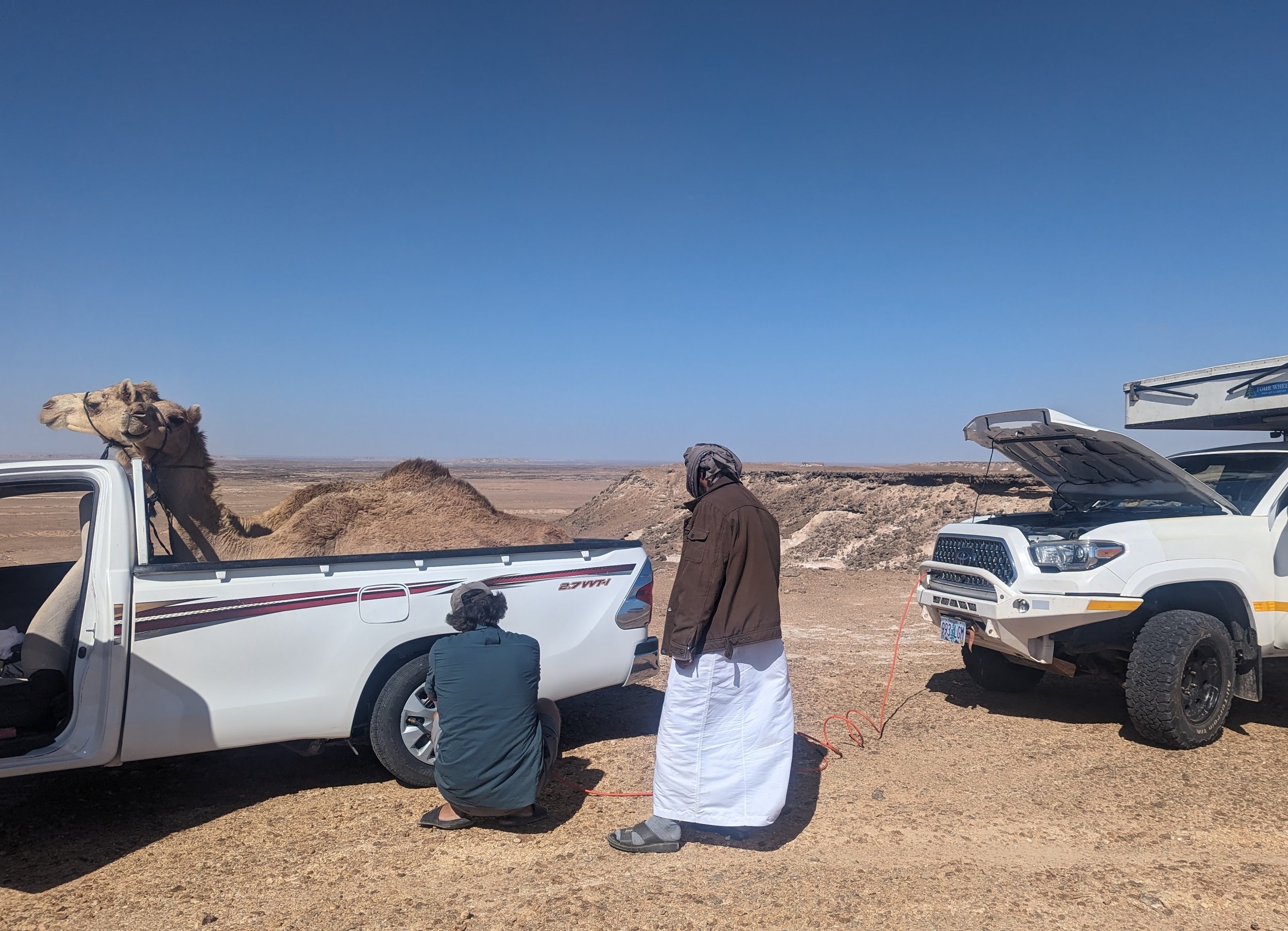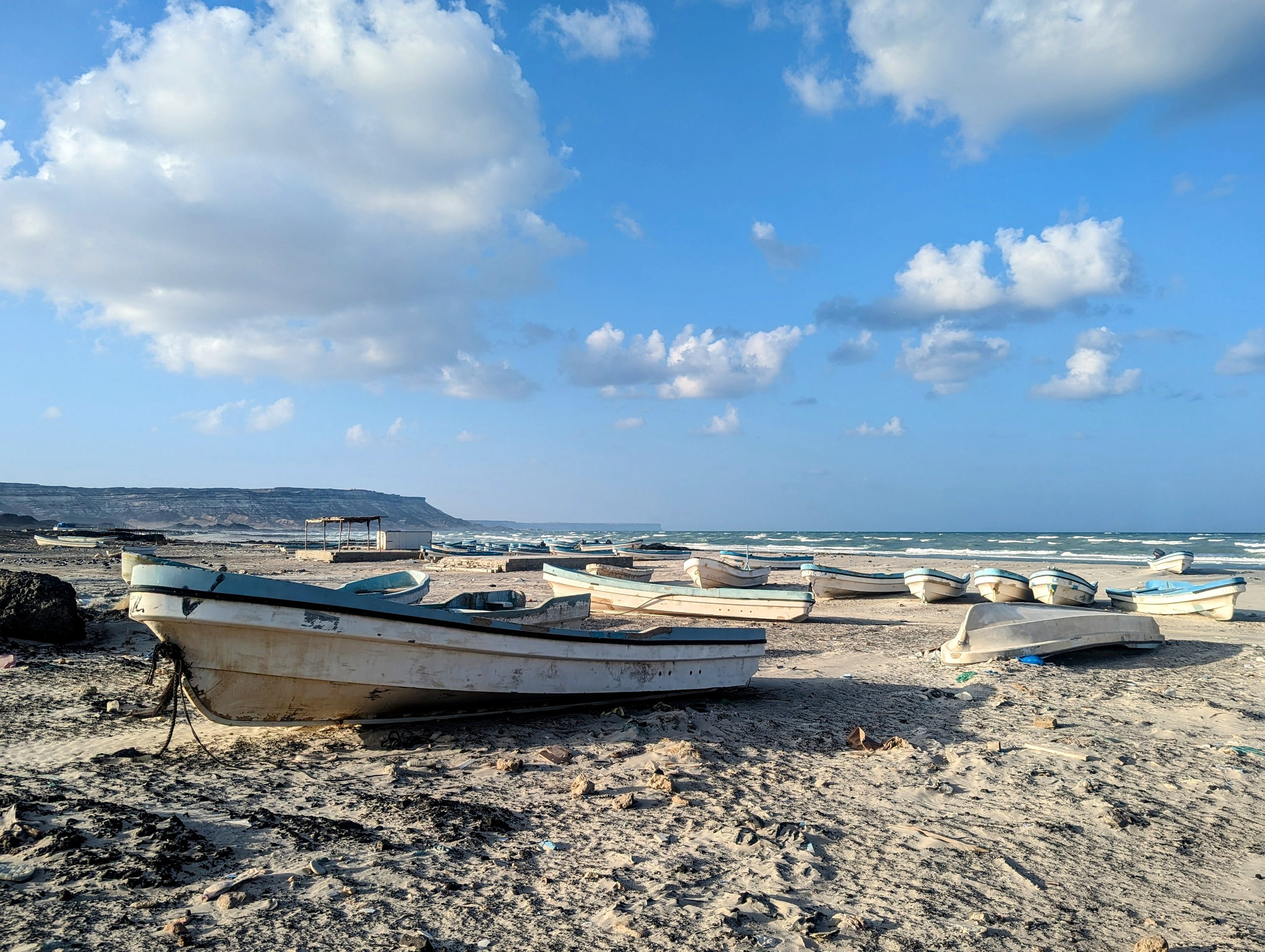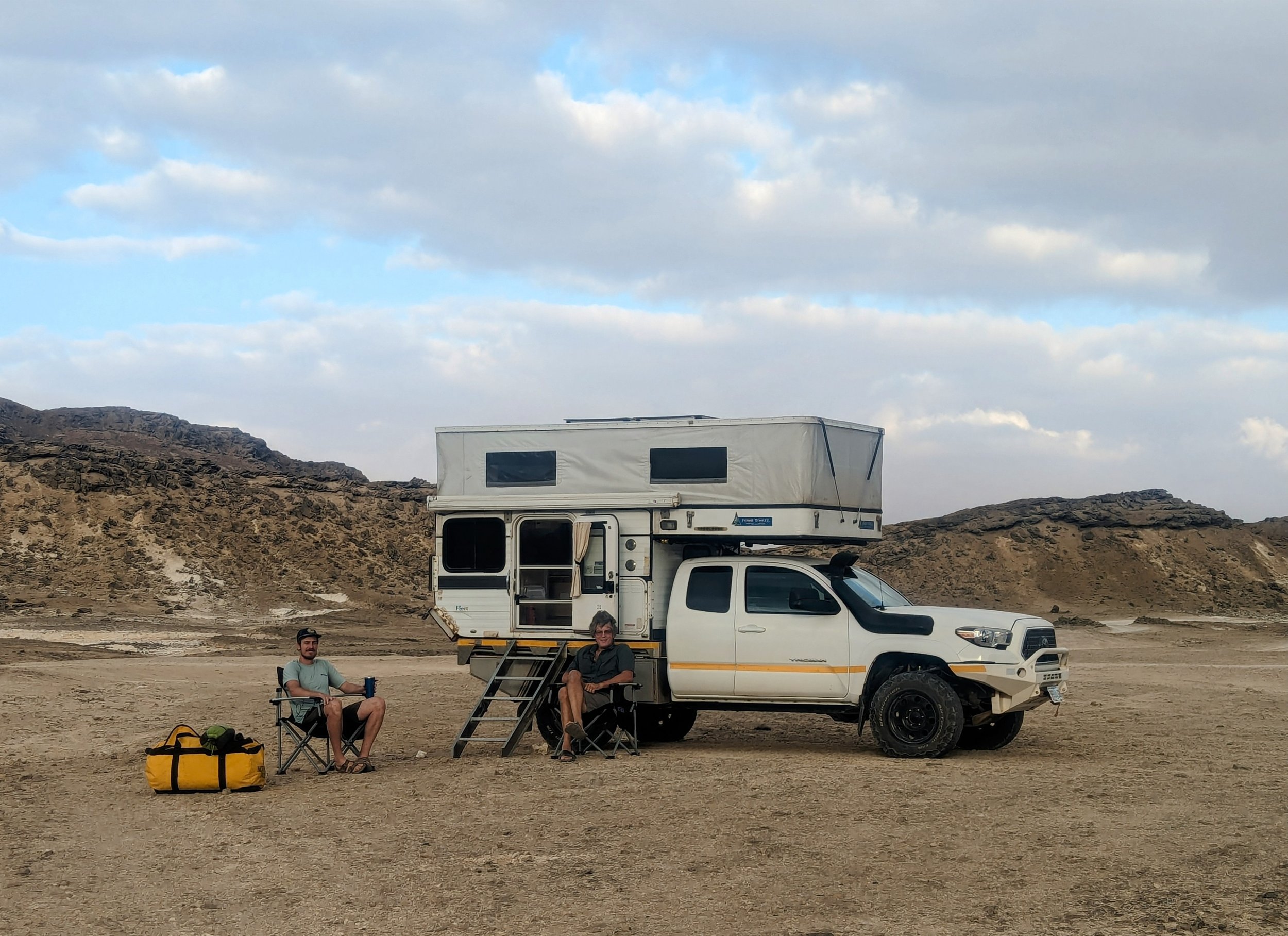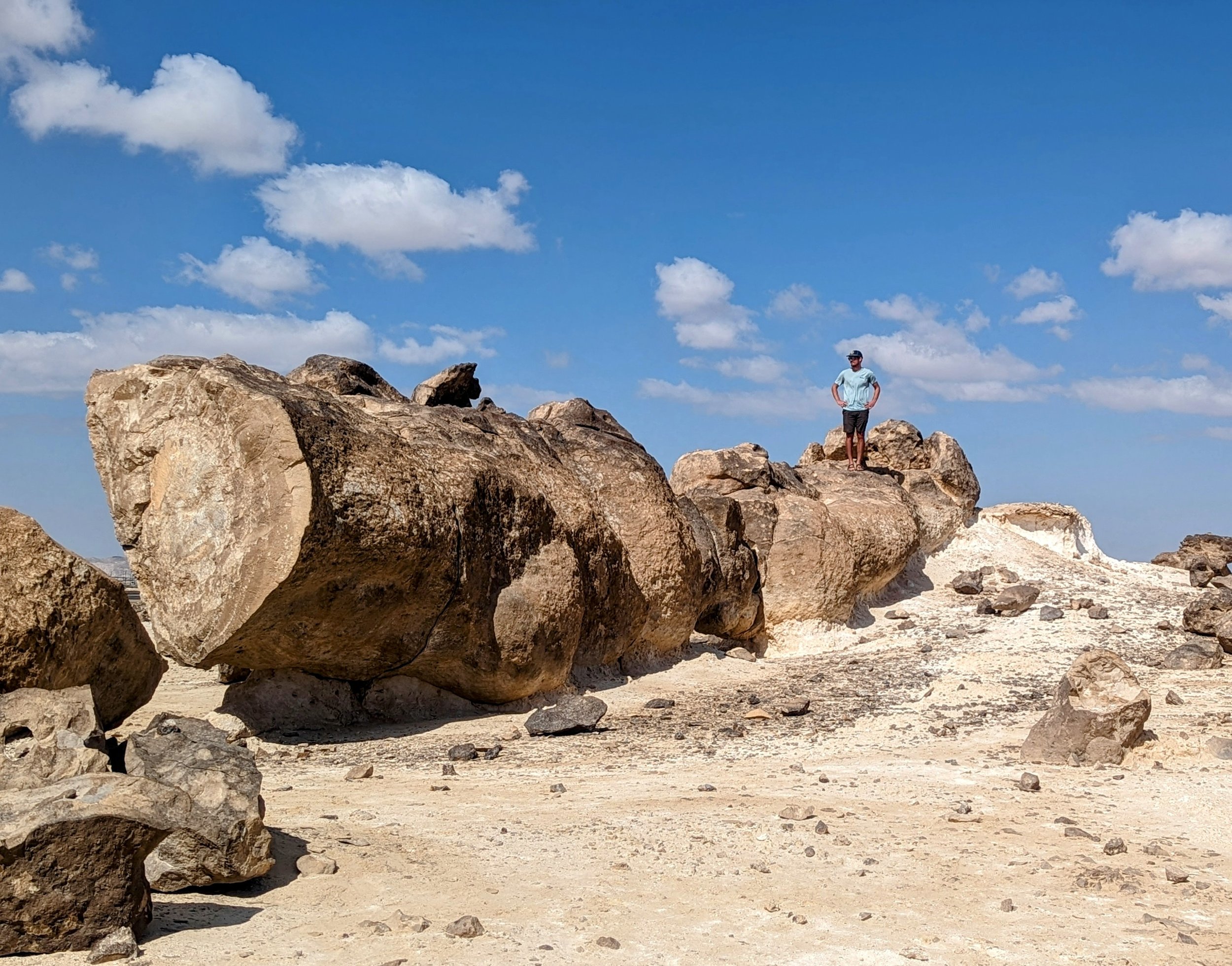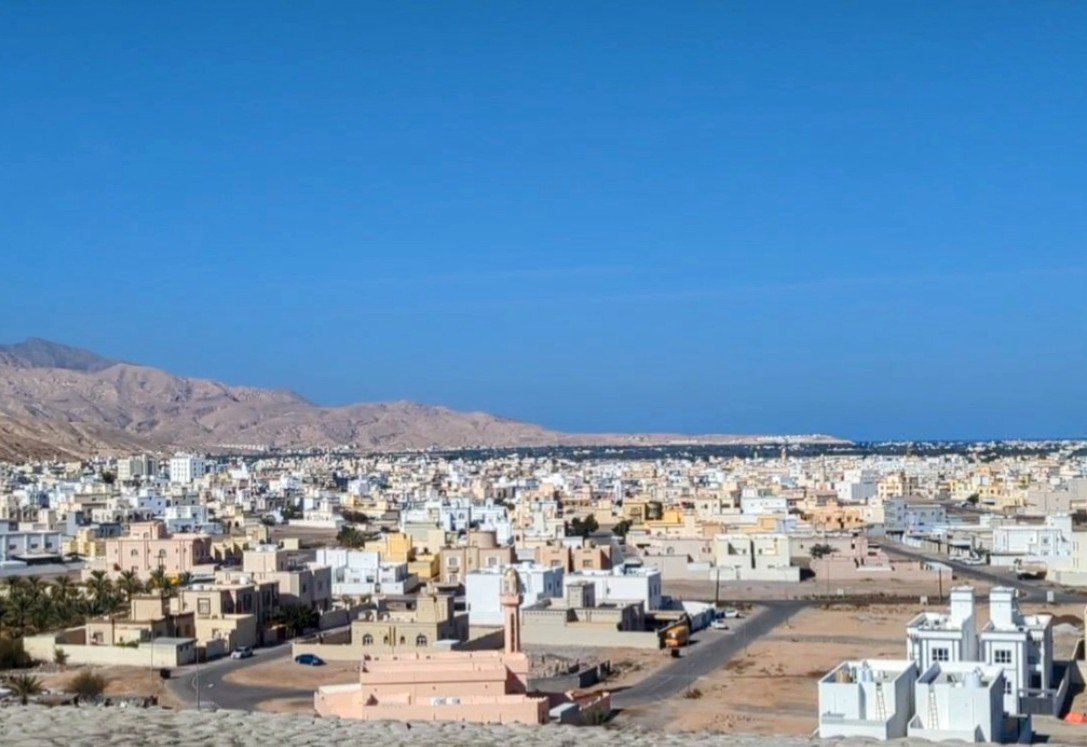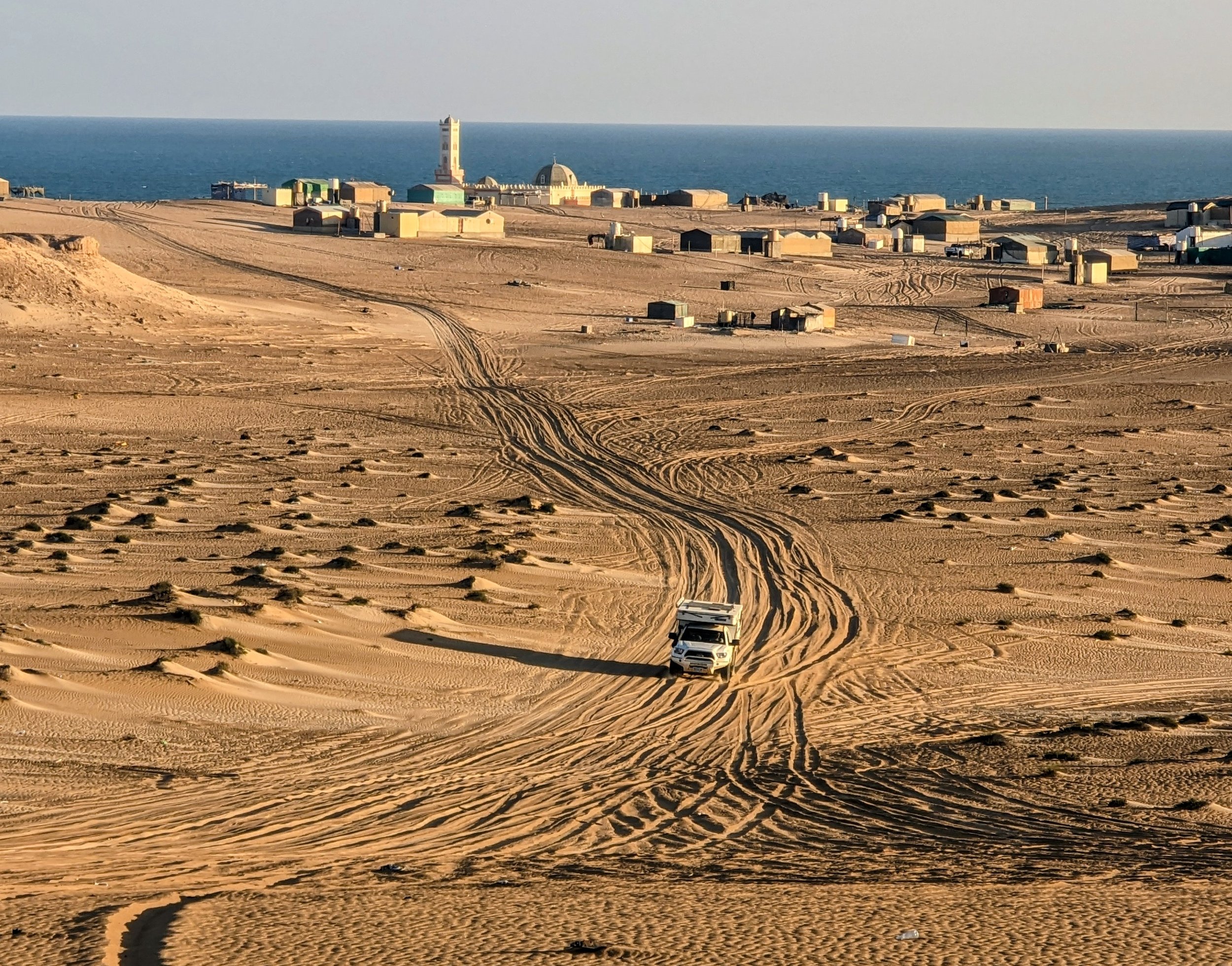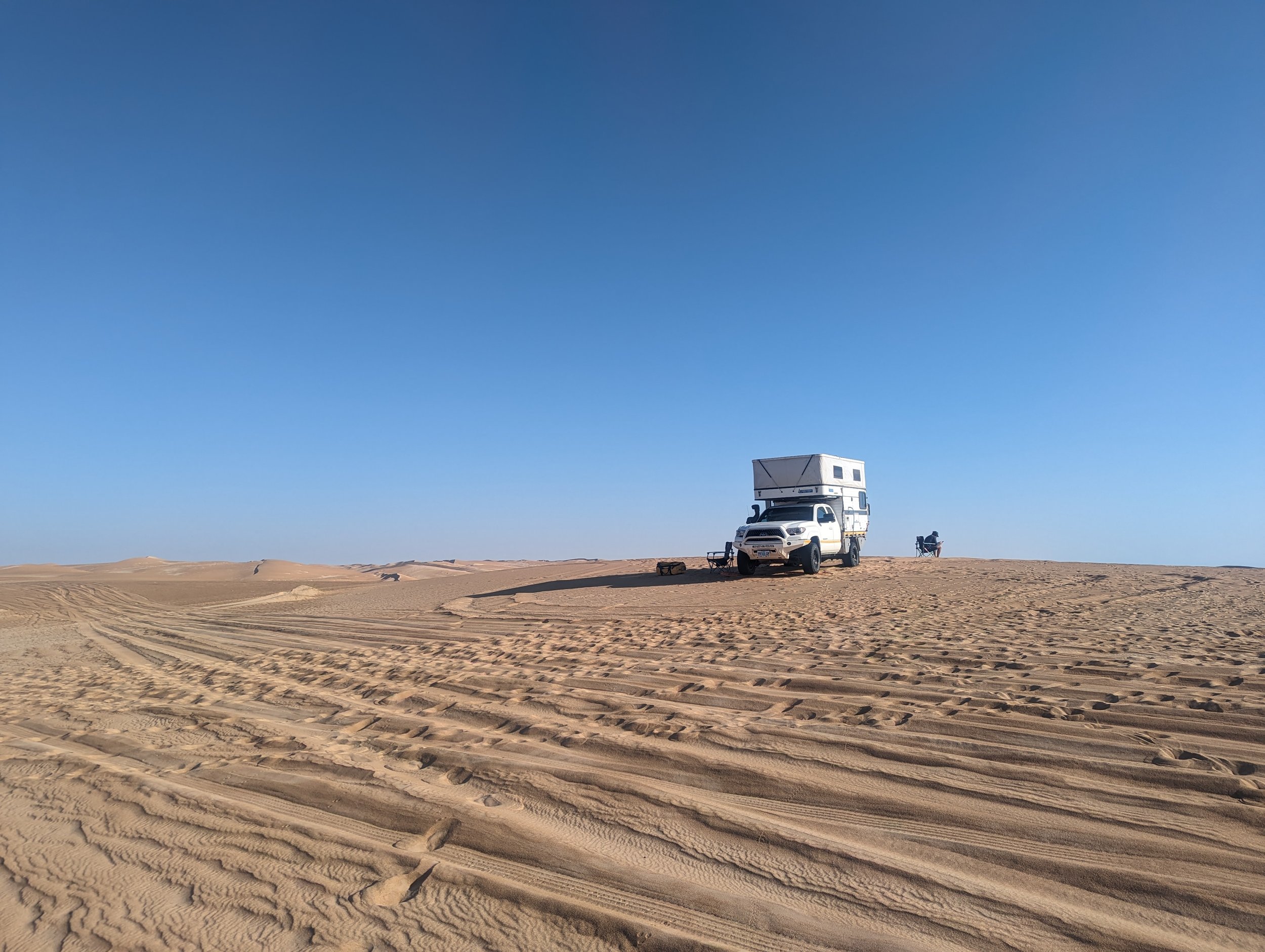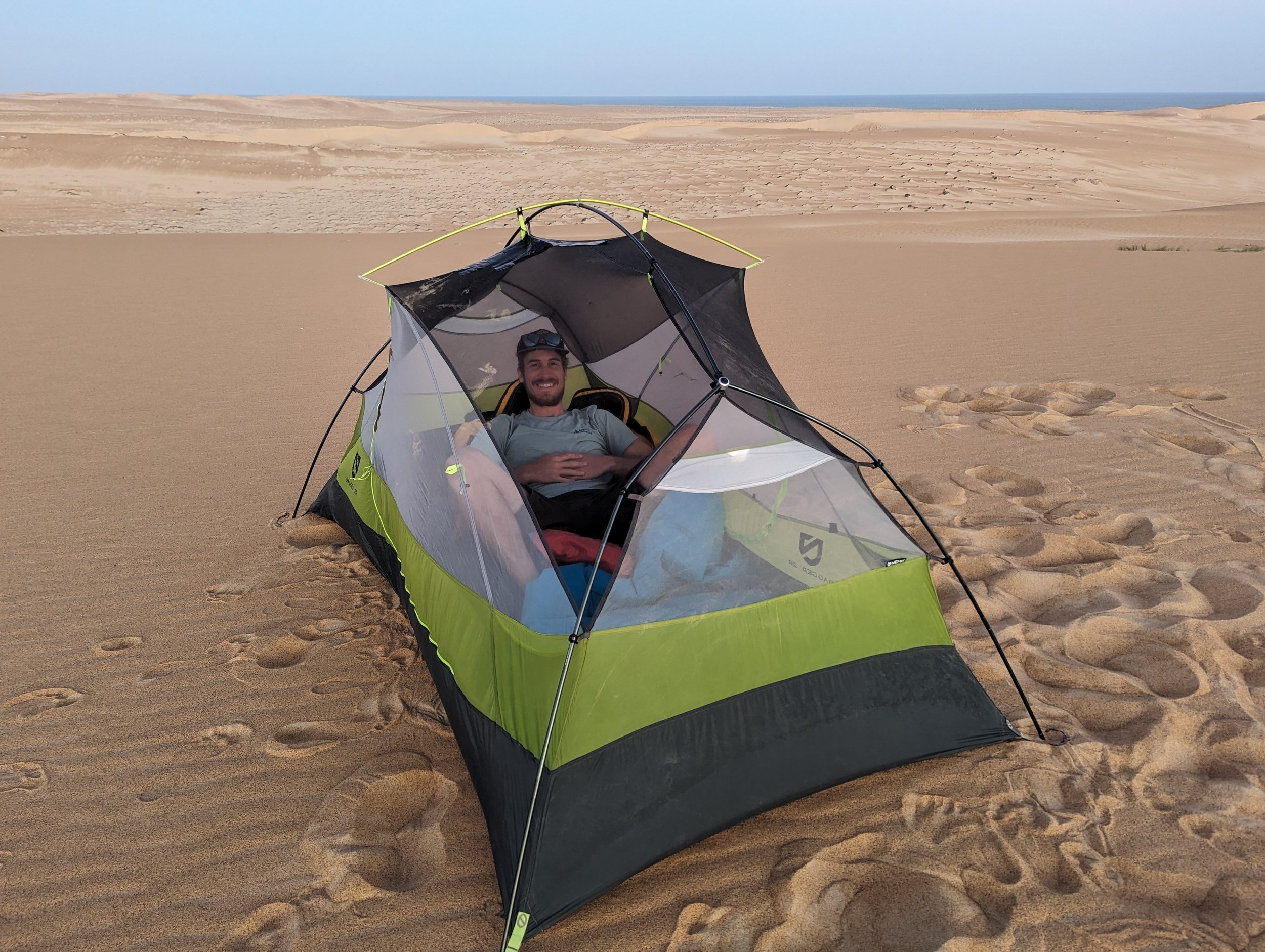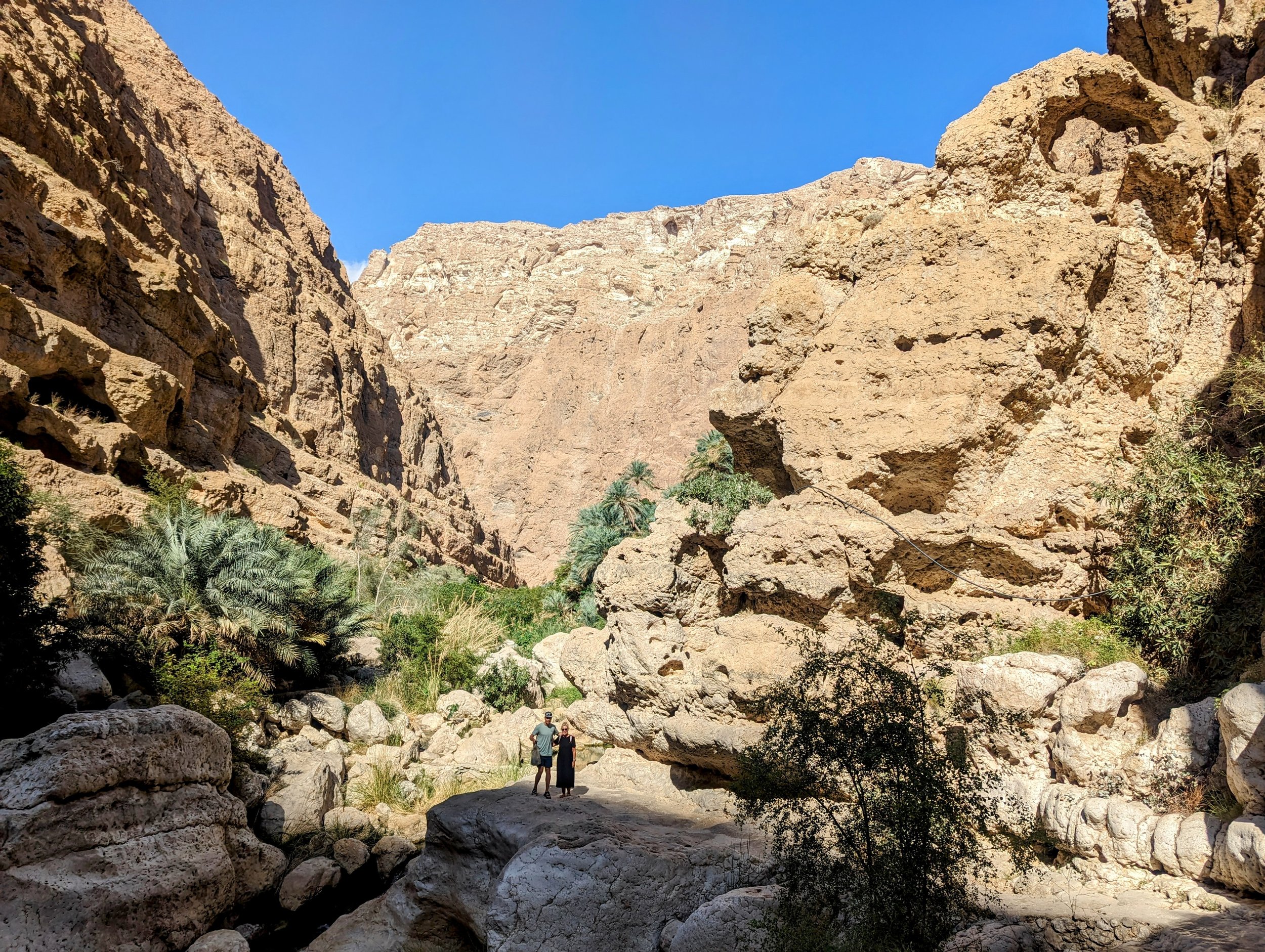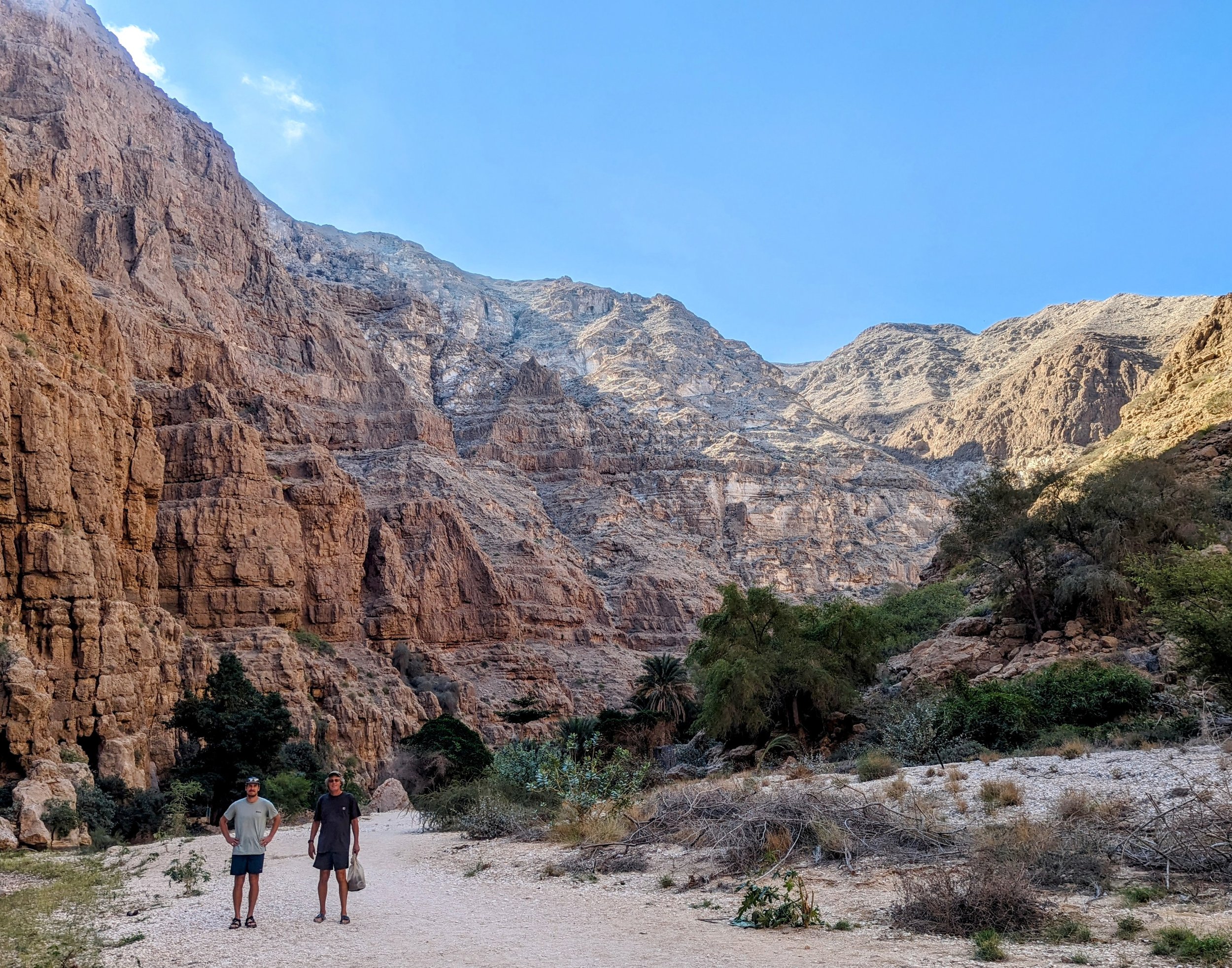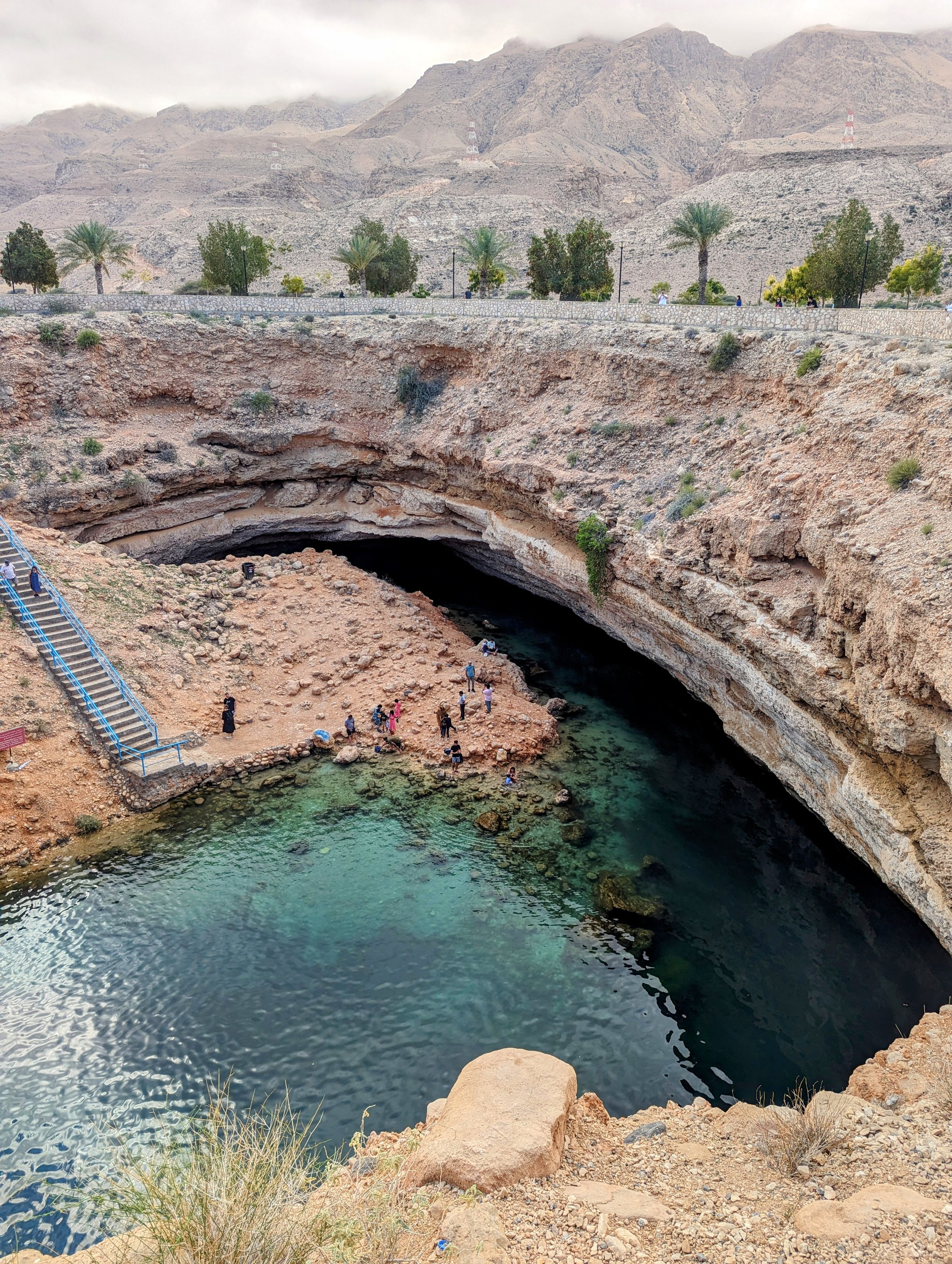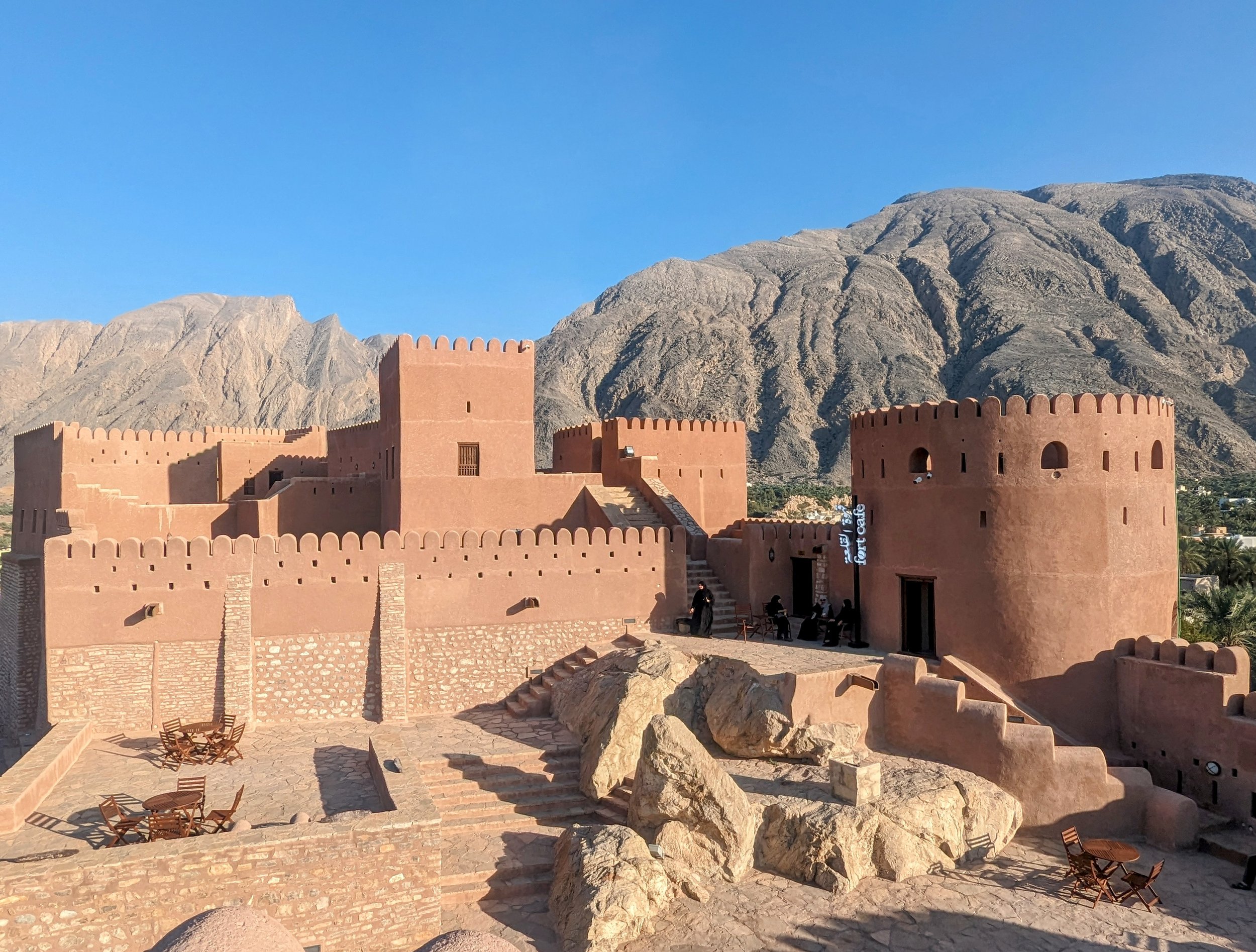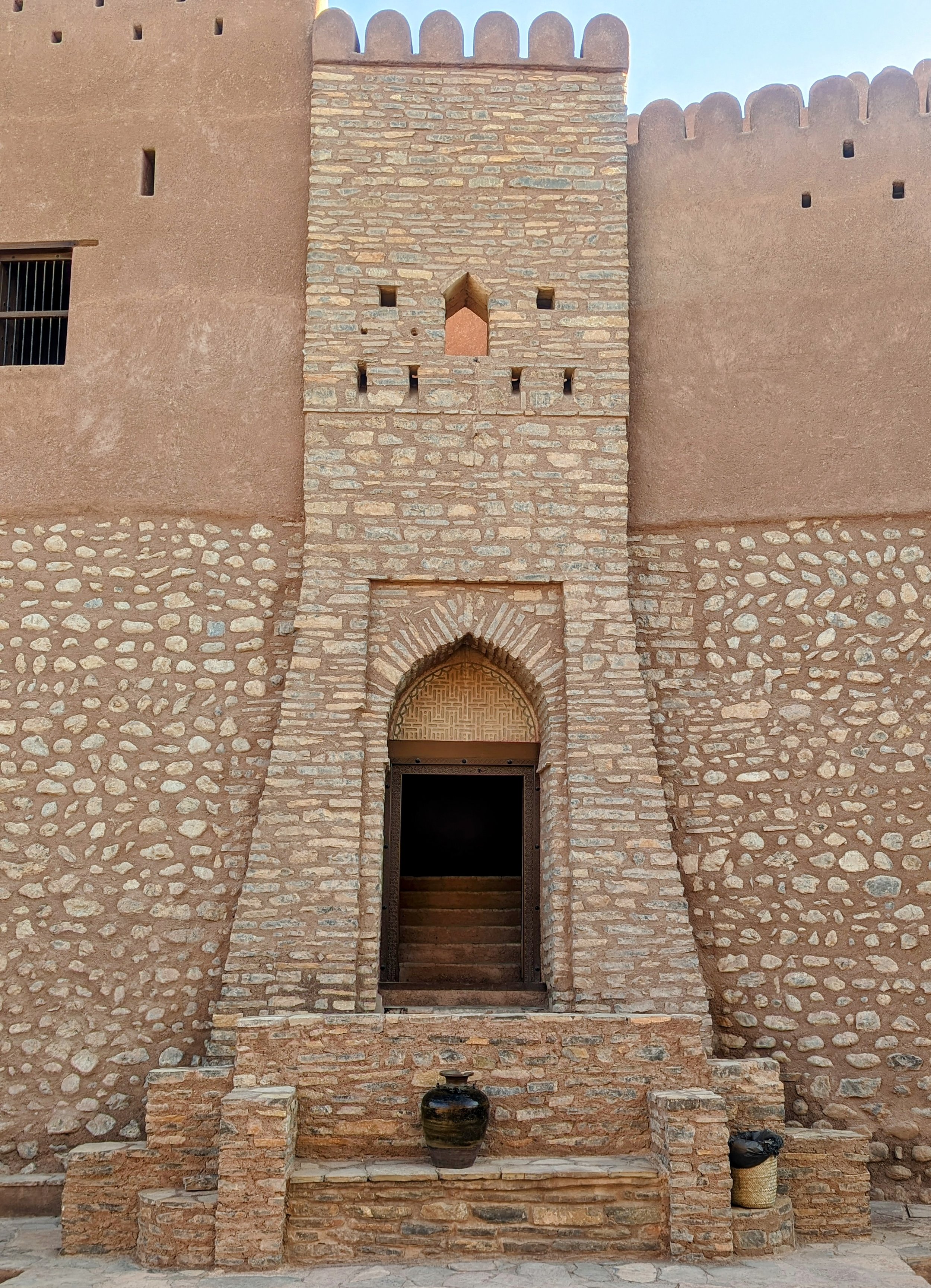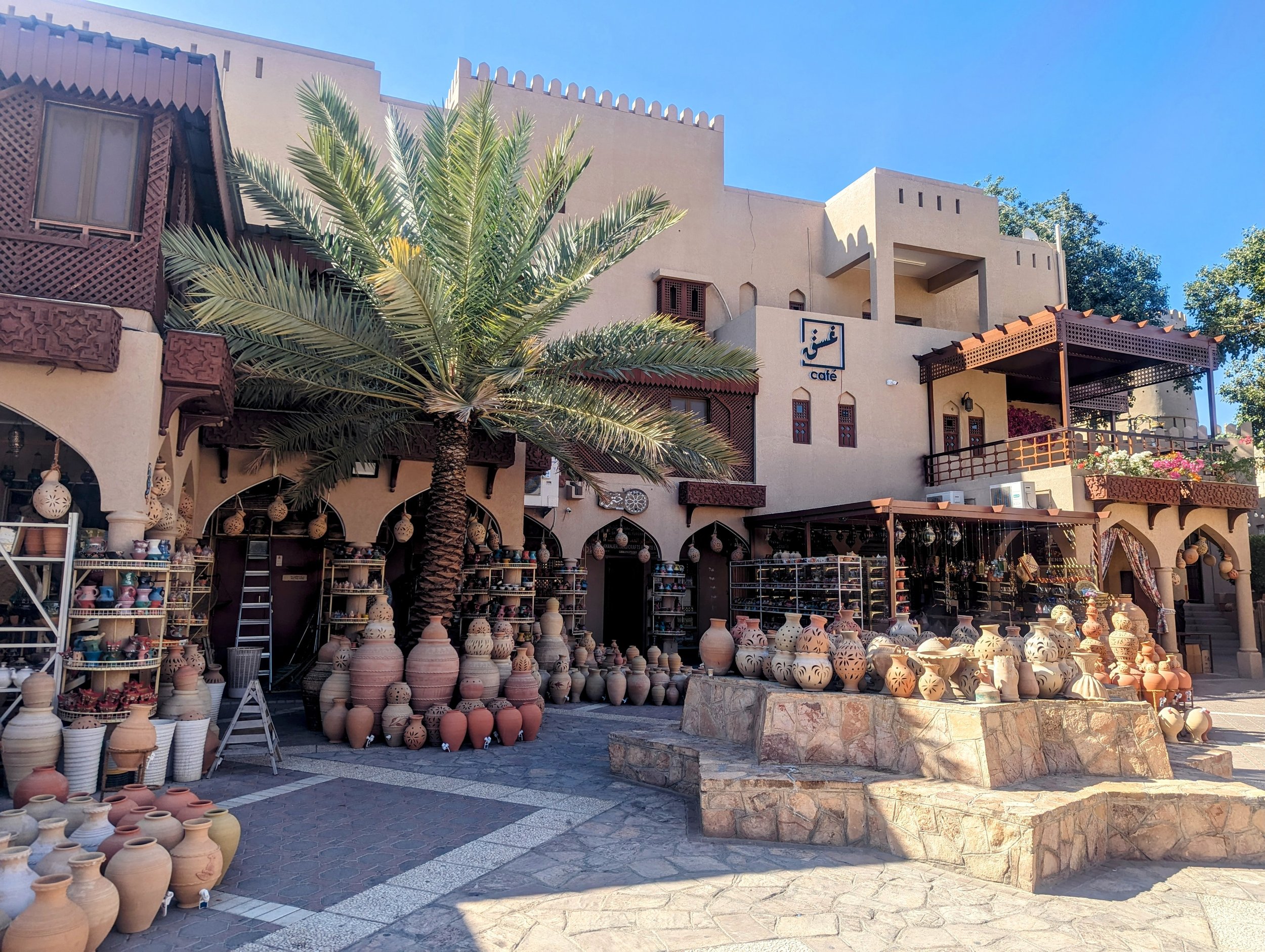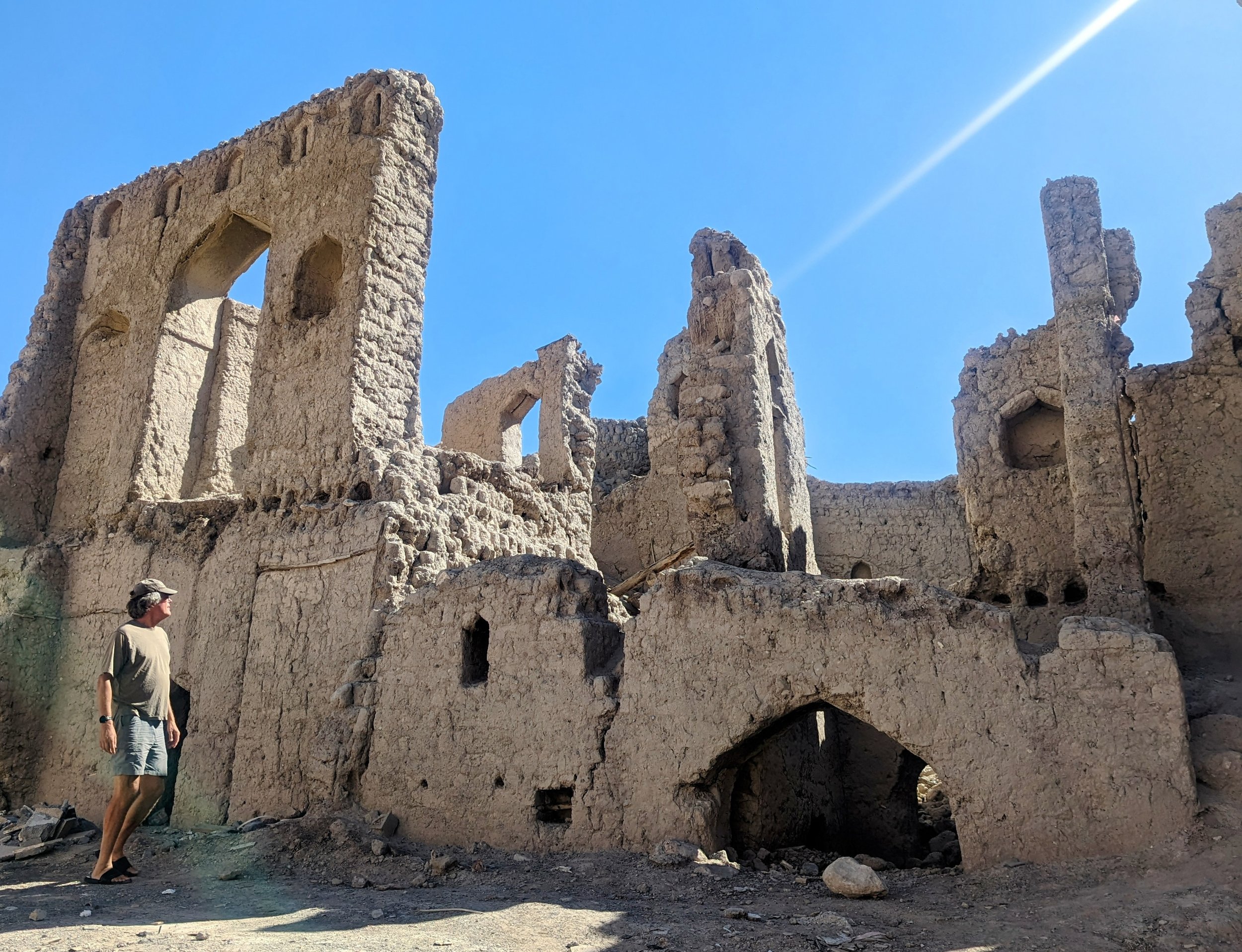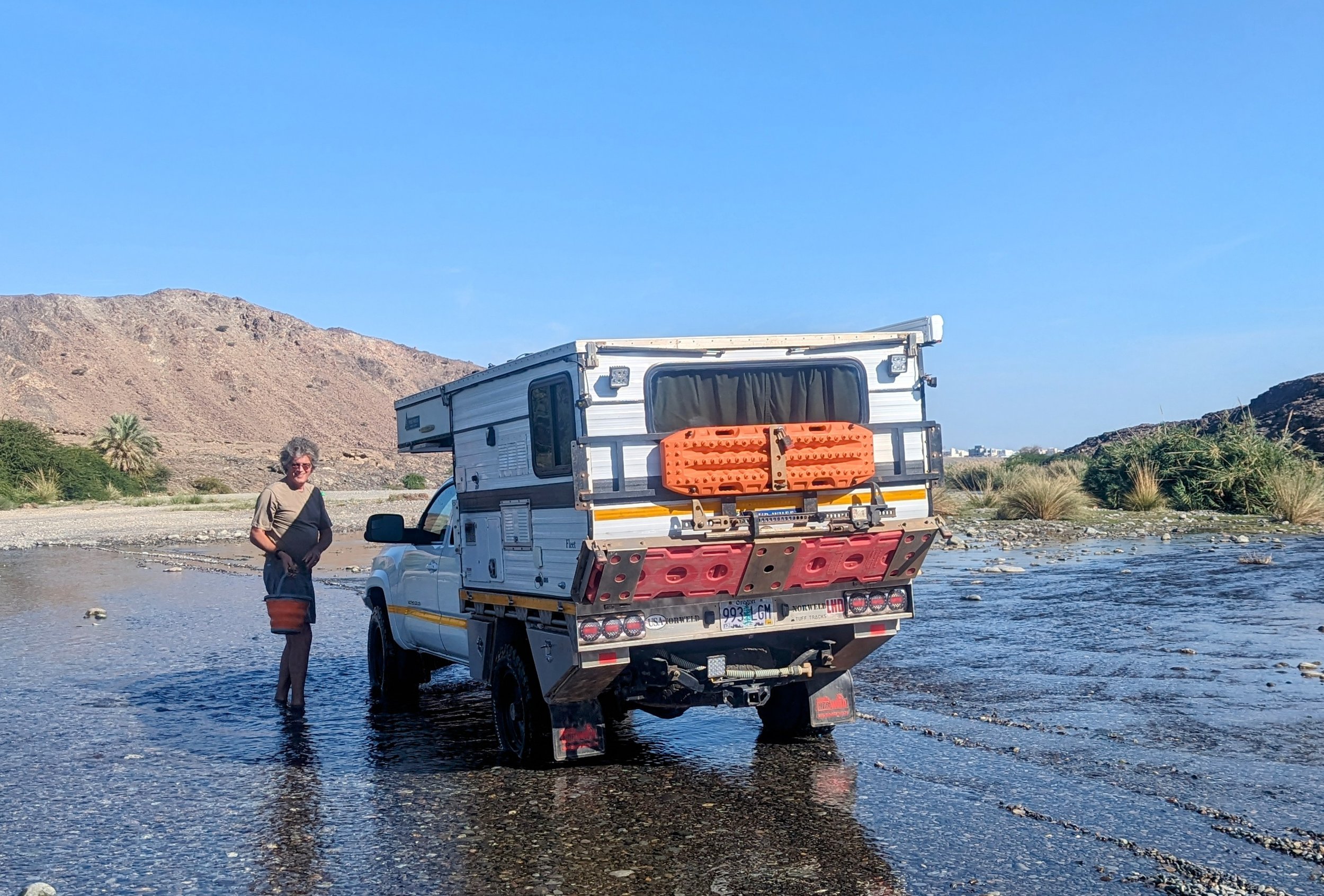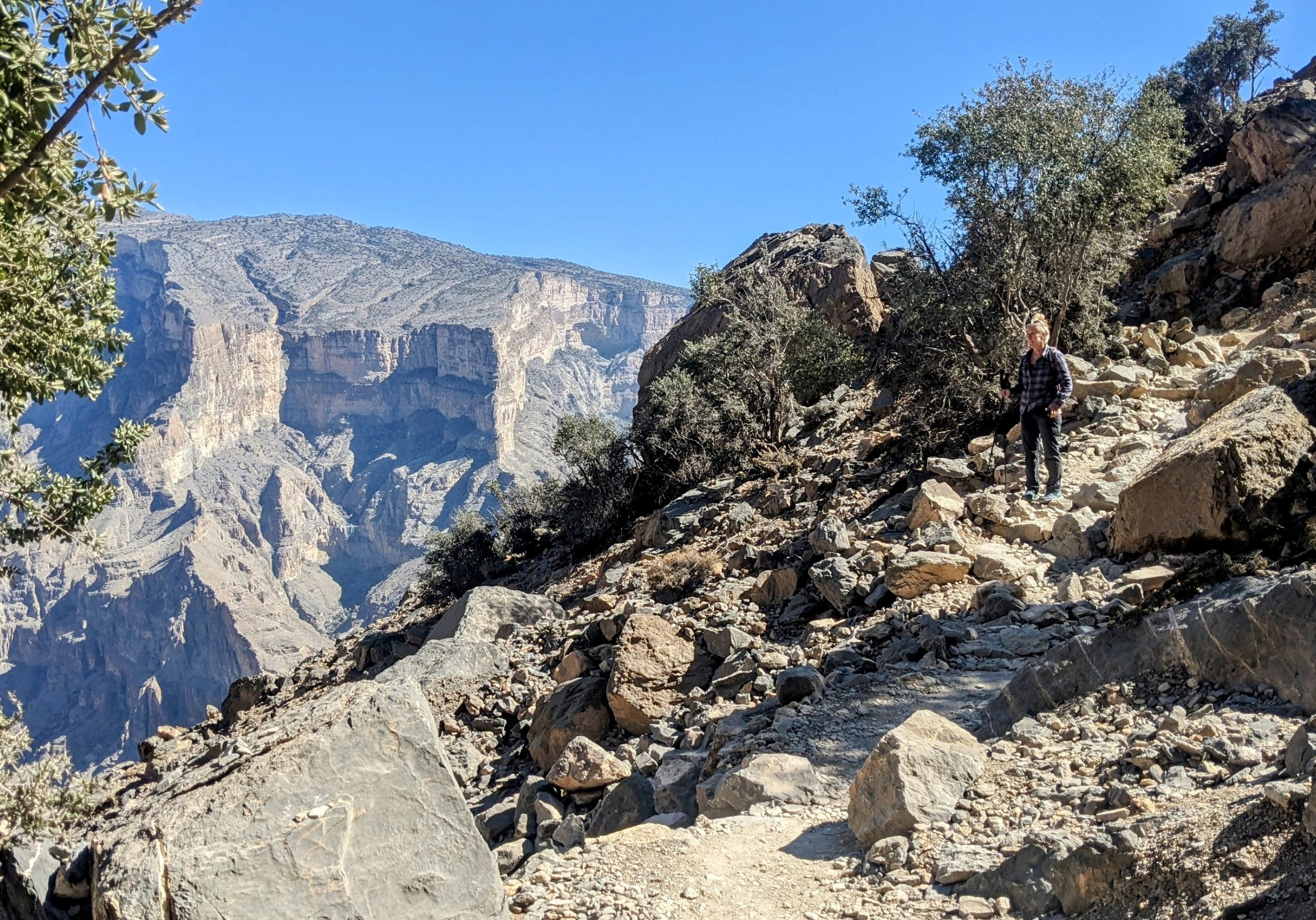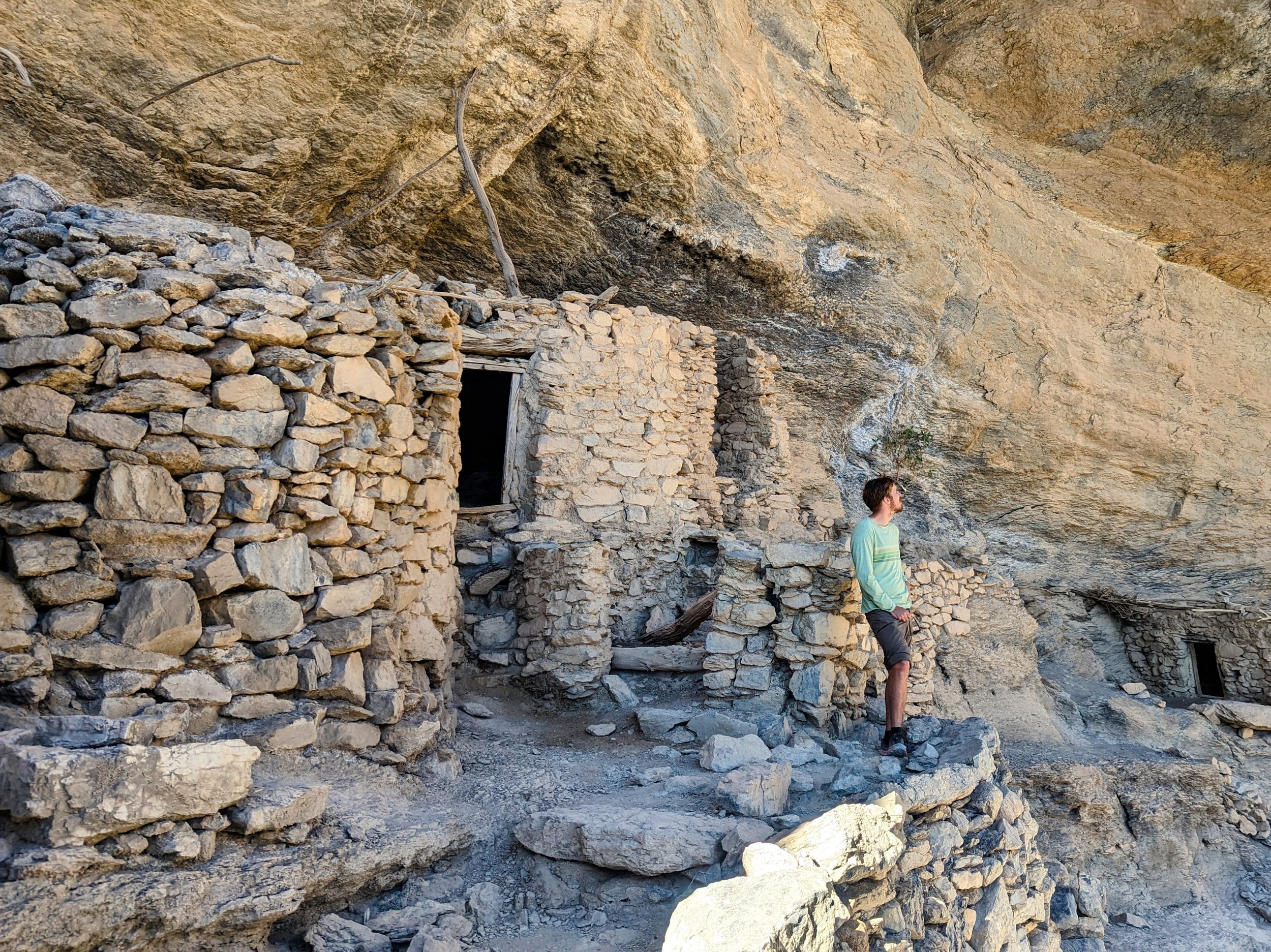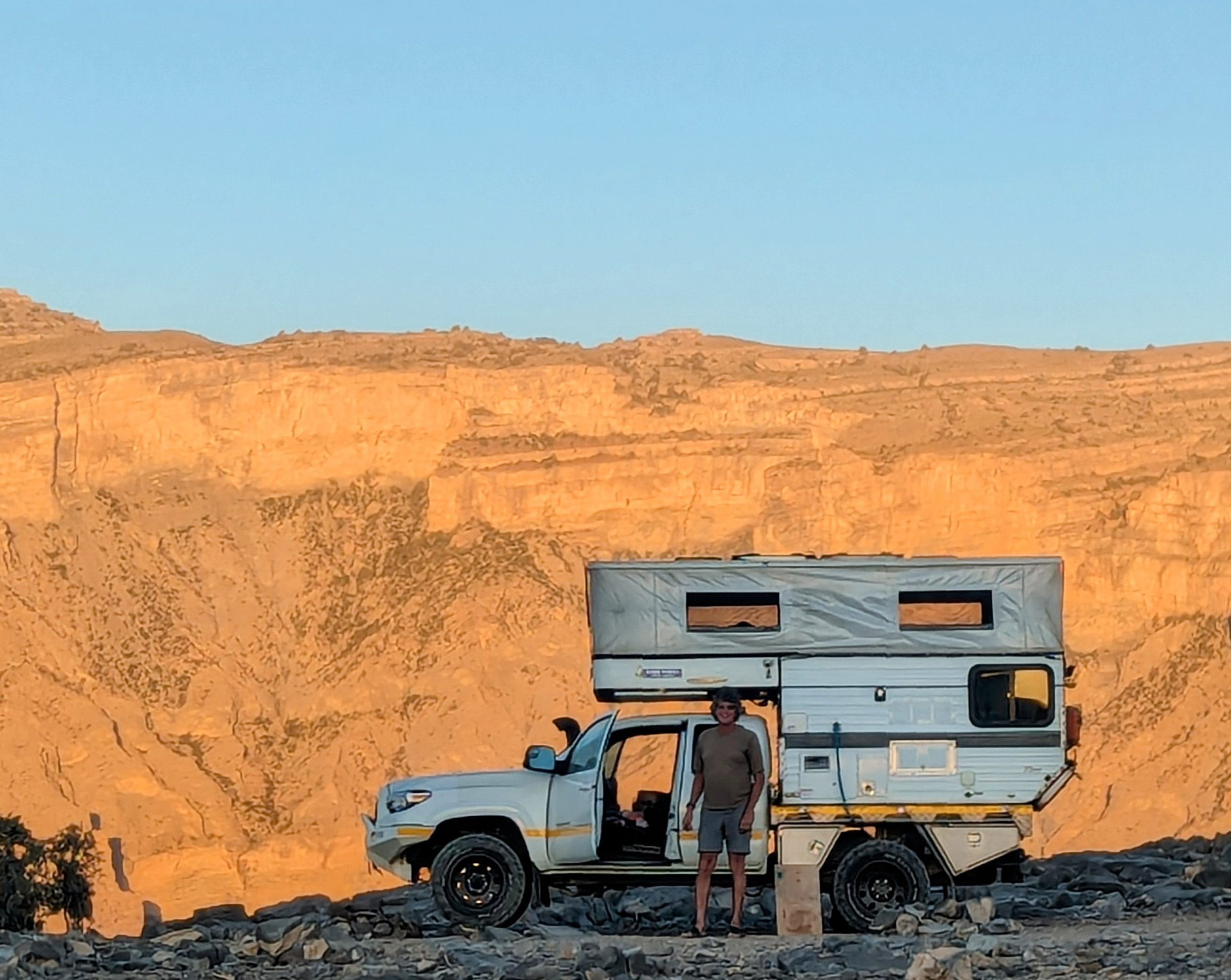Oman
Oman is an overlander’s heaven. It is probably the simplest place we have ever traveled in our truck in terms of abundant and gorgeous wild camping and easy and inexpensive access to any amenity (gas, food, water). Oman has wisely invested it’s oil revenue in infrastructure and the roads are excellent. Frequent cell towers ensure coverage over most of the country, even in most remote areas. The people are warm and welcoming, and embrace a culture of camping and enjoying the outdoors.
The scenery astounded us. We thought of desert and sand and more desert. But there is so much more. We drove some of the most beautiful coastlines, wound our way up rugged mountains, and explored private wadis (deep canyons or ravines with rivers, streams or water pools depending on the season).
There are very few actual regulations about where you can drive in Oman, leaving it up to common sense which seems to be working.
Oman quickly jumped its way to our short list of favorite countries. (Others on the list: Iceland and Norway for scenery, Romania and Albania for a combination of intriguing culture and beautiful varied outdoors, Morocco and Benin for diving into ancient African cultures and architecture, and Tanzania for an iconic African experience that combines wildlife, beautiful landscapes and fantastic people.)
We arrived in Oman in January which meant perfect weather - cool enough to hike and walk, warm enough to swim in the ocean, sunny, bright and dry. The only surprise for us was the tendency for strong gusting winds to blow up in the middle of the night, rocking our camper with their strength. We learned to plan for this as we pulled into our sites at the end of the day with a slight balmy breeze that we knew would turn into 35mph gusts by 2am. This tendency with the winds was consistent from low elevation beaches to the highest peaks.
Our three week 1500 mile route through Oman
Oman was also the perfect landing pad for us on the Arabian Peninsula. The country seems to successfully retain its Muslim roots and traditions while embracing modern economics and tourism. The country was recently ruled by Sultan Qaboos known for his “renaissance” period. He had a vision for education and prosperity which embraced workforce training and investing in infrastructure and actively opened the Oman up for tourism. The country feels prosperous. Although there is also the fact common throughout the Arabian peninsula that a majority of the manual labor and lower paying jobs are going to immigrants on temporary work permits from India, Bangladesh and Pakistan. This creates a very obvious division between the Omani people living more luxurious lives and the immigrant “worker” population. In Oman, 67% of the workforce are immigrants.
Oman is a safe, stable country. The current Sultan, Haitham bin Tariq took over from Sultan Qaboos and has continued his policies. He also believes in the country’s role as a peacemaker in the region. As visitors we were welcomed and with curiosity and smiles. The Omani people dress traditionally with the men in head to toe white and the women in black. Almost all women covered their hair. Although we dressed modestly and Dawn stuck to long dresses, she never felt that she had to cover her hair.
So happy to be back on the road in our home on wheels. After a month of carting our duffels and food in and out of Airbnbs in Kenya, we are remembering why we love the simplicity of this lifestyle.
As Americans, we are very aware of the complex web of relations between the US and countries in the Middle East. We did our best to approach interactions with humility and kindness and were treated in kind. We quickly learned our key words in Arabic (“shokran” for “thank you” and “salaam alaikum” for a greeting) and Google Translate became our friend (very fun for us to watch it typing out Arabic from right to left). One gentleman in Oman told us he was “not very happy with the US government right now” but then proceeded to take the time and effort to personally guide us to where we could fill our propane tanks. We also had one hilarious interaction early on at a souq where Andy was trying to say “thank you” and instead called the shopkeeper a drunk (shokran vs sakran). Some confusion at first, but then lots of smiles and laughter as the mistake was explained by someone with good Arabic and English skills.
First day in Salalah - walking the beach
As rookie travelers to the Arabian Peninsula, we booked our plane flights with a Friday arrival in Salalah, the port city where we would reunite with our truck. In the Muslim world, Friday is the holy day so we had some time to kill exploring Salalah before we hit the overland life again. We were also blessed with the continued presence of our son Trevor who traveled with us from Kenya to explore Oman.
Our first Arabian horses!
View from our Salalah hotel window
Salalah was our introduction to typical modern Islamic architecture. Very white (or cream), clean lines with touches of artistry.
Some of the older architecture is a little crumbling
And the mosque minaret is the most common architectural feature
A happy reunion! Picking up the truck from our shipping agent.
First order of business, re-stock on food! Enormous hypermarkets were common throughout Oman in larger cities and we headed to our international favorite, the Carrefour where we knew we could get decent baguettes (still a favorite). But there was still a lot of local flavor to the selection.
Dawn had never seen so many varieties of tahini in a market
Andy in his matching shirt was thrilled that the Omani people also love his favorite soft drink
Trevor going local with camel milk and a date cookie
And then we were off! We headed west along the coast from Salalah as we had heard there were spectacular beaches and cliffs to see - there were.
Coastal road west of Salalah
Trevor sitting on the edge at Shaat cliffs
Just exploring - very rarely did we see a dirt road posted as “private” or “no access”
Picnic stop at Fazayah Beach cliffs
Our first night’s camp at Fazayah Beach. Trevor tenting it.
So much beautiful scenery from the coast with its aqua water
To inland mountain passes
Another beach picnic stop. Trevor and Andy examining the pools full of pink shrimp
They were everywhere! Dying along the edges of the water. While we were inspecting them a pickup full of guys appeared and they proceeded to scoop them up into buckets - probably good eating?
And then oops, didn’t quite get enough speed up leaving the beach and sand softer than we thought. Looking closely you can see the tire deflator on the valve stem, we hadn't deflated beyond highway pressure.
Trevor our champion digger
Maxtrax to the rescue - again! (We have used them three times in three years, Mauritania, Senegal and now Oman)
Made it out with a speedy back up then punching it back through. It made us feel a little better that a local driver got stuck too in almost the same spot so we were able to exercise our winch and get him out.
Just appreciating the stunning coast line as we headed back through Salalah and started working our way north toward Muscat
Its very common in Oman for beach picnic or camping sites to have some sort of structure or shelter. Trevor was grateful to get his tent out of the blowing sand.
Our first camels in the road!
So many scenic overlooks and viewpoints. The coastal drive from Salalah to Muscat is one of our all time favorites.
Pulling into a wadi camp
Fresh water in wadi Ash Shuwaymiyah
A happy reunion with our container buddies we shipped from Kenya to Oman with
View from camp
More camels!
Road into the wadi camp
Picnic lunch stop at a canyon edge
A classic picnic lunch in Oman - pita bread, cheese and hummus available in even the tiniest markets
A local family came out to meet us and using a lot of hand signals, asked for Andy to put air in their tires (they had quite a load in their pickup bed). We are guessing that they had come to understand vehicles like ours often had compressors on board.
While Andy worked on the air, Dawn posed with the family camels
Not every intended camp spot worked out, we went out to this remote beach to find it covered in fishing boats and infrastructure. No people though, we probably could have camped there but it felt strange to do so.
Trevor surveying the land (we nicknamed him Goatman on this trip, always heading to the highest point)
But no problem, we found a scenic site in the black rock formations set back from the beach
Another quiet morning in camp
Mid day stop at the rock garden at Duqm. Typical for attractions in Oman, free and no one around. There’s Trevor finding the highest point again.
While Andy relaxes on his own rock couch
Typical town along the coast
Although some of the sites we camped in had rubbish around, especially near urban areas, public dumpsters were everywhere, it is clear that the government is working on the problem. We also often saw workers out in even remote areas picking up trash.
Despite already getting stuck in the sand once in Oman, we decided to check out a track into Wahiba Sands - the biggest dunes in Oman. We know we are heavy, so sand is not always our friend, but still thought we would try.
Heading into the Wahiba Sands track from the coast
Of course, we got bogged down and stuck. We fired the notion of driving the track further but decided to spend the night in the dunes anyway.
Trevor running ahead to scope out the landscape for camping
Found a hard packed camp site on top of a hill!
This was our first time traveling for multiple weeks with a third person and it actually worked well (at least for Andy and Dawn!) Trevor slept outside in a tent (we offered him the small converted dinette bed but he declined) and rode along in the small third seat. He was a great helper, problem solver and navigator. Not sure we would want to do it with someone who was not a family member though! While he was with us we removed the backseat shelves and just folded the extra stuff in, it worked somehow.
Trevor all set up for the night in the dunes
Our only visitors
Our last stop before Muscat was a stop at Wadi Shab. The most developed and well known of the wadis in Oman, reaching the end involved a short boat ride, a hike and a swim through consecutive pools.
Boat ride into Wadi Shab
Hike into Wadi Shab
Despite it being more touristy and visited than other wadis we went to, it’s sheer beauty made it worth while
Andy preparing to jump in for the swim to the end at Wadi Shab - phones and t-shirts in a dry bag.
Bimmah Sink Hole - picnic lunch stop
And then we were in Muscat, the largest city in Oman. As we approached the city and saw more people using the wild areas and we realized how unique our time down along the rugged southern coast with miles to ourselves had been.
Beautiful mosque view from our hotel room. Highlight for us in Muscat -first hot shower in 2 weeks!
Trying out some new drinks! (and Andy still appreciating an old favorite). A dry country, we were substituting fruit and caffeine drinks for alcohol.
A rare meal out in Muscat - the best falafel ever!
First experience of the over the top mall culture on the Arabian Peninsula. With many areas being unbearably hot outside for half of the year, malls are huge and include a variety of extravagant amusements - this mall in Muscat had a snow play area inside.
We only spent one night in Muscat - washed ourselves and our laundry and were on our way. It was a modern prosperous feeling city, very contemporary in feel and we were hungry to visit some history.
We made our way to a few historic forts and appreciated the architecture, but could tell they had been fully renovated and there was usually very little information for visitors of the historic importance of the site which made it harder to appreciate.
Nakhal Fort
Beautifully renovated and sited Nakhal Fort
From Nakhal Fort we made our way to Nizwa Souq - one of the oldest and most famous souqs (market place) in Oman. It was a relaxing place to visit - no pressure and lots of beautiful local handicrafts.
Pottery at Nizwa Souq
Old mosque in Nizwa
We wandered some side streets in Nizwa and found old abandoned houses to explore
Then off to a wadi to camp!
Andy taking the opportunity to wash the truck in a wadi. We later found out that you can be fined for having a dirty car in Oman - oops
Our final stop on our historic cultural tour of the region was Tanuf Village. An ancient village which was bombed by the British in the Jabal Akhdar Wars in the 1950s, the standing ruins still give a sense of how people lived.
Tanuf village ruins
Our final stop in Oman was one of our favorites. We drove into the tallest mountain range and explored the vastness of the Jebel Shams area. We did not take on some of the epic cliff hanging drives as we are basically overloaded and still have PTSD from some of our African road attempts but opted for the direct, mostly paved, route to the top of Jebel Shams. Once there we went on one of our favorite hikes in years, the Boardwalk HIke, a cliff hugging trail which ends up at an abandoned village built into the caves. An easy 5 miles round trip, the views were astounding.
Boardwalk trail, Jebel Shams
Abandoned village at the end of the trail
Goatman at the top of the nearest peak
The sun goes down on our Jebel Shams camp
Well, Oman was fantastic. We hope we have inspired others to visit. We look forward to seeing what the rest of the Arabian Peninsula has to bring. Thank you for reading and safe travels out there!
